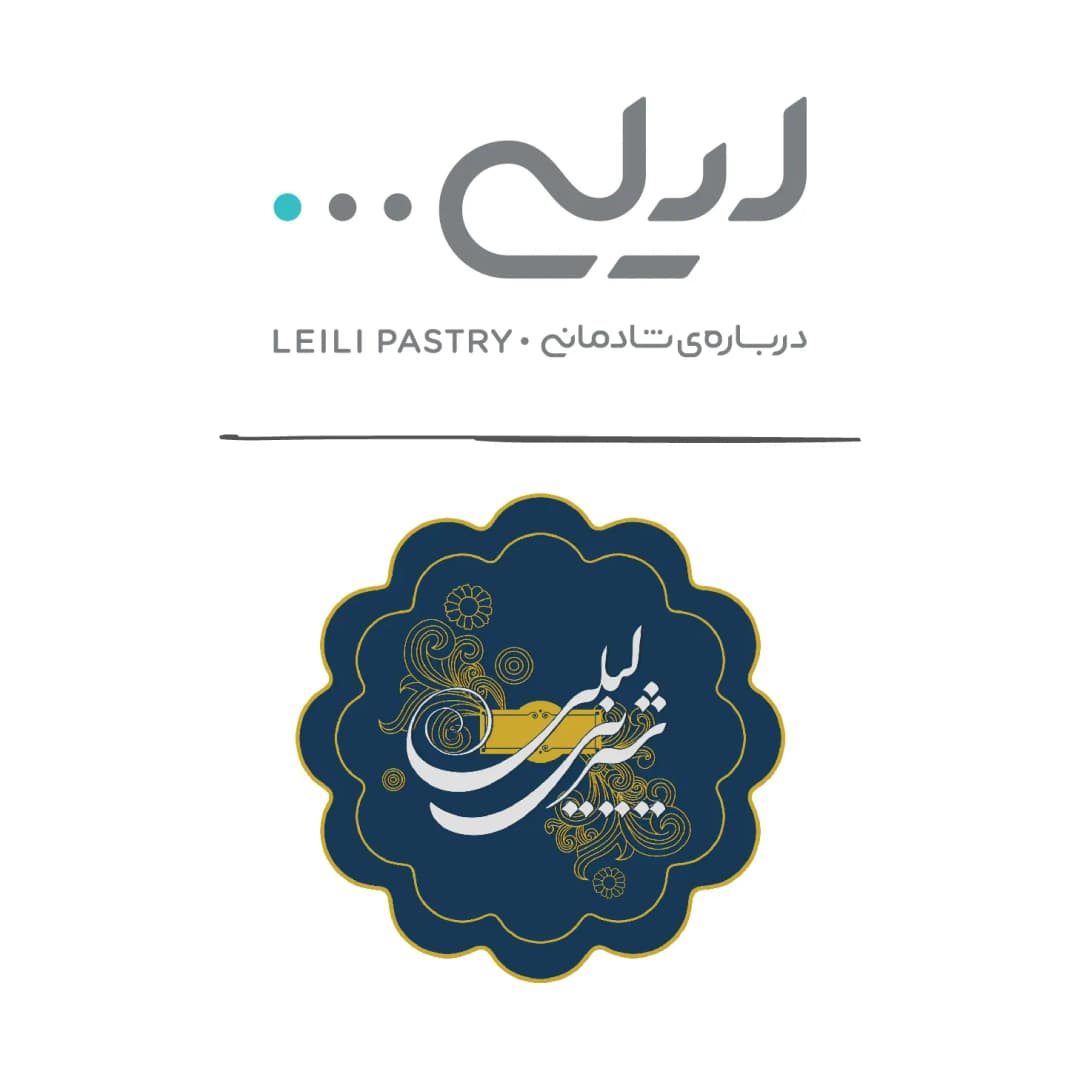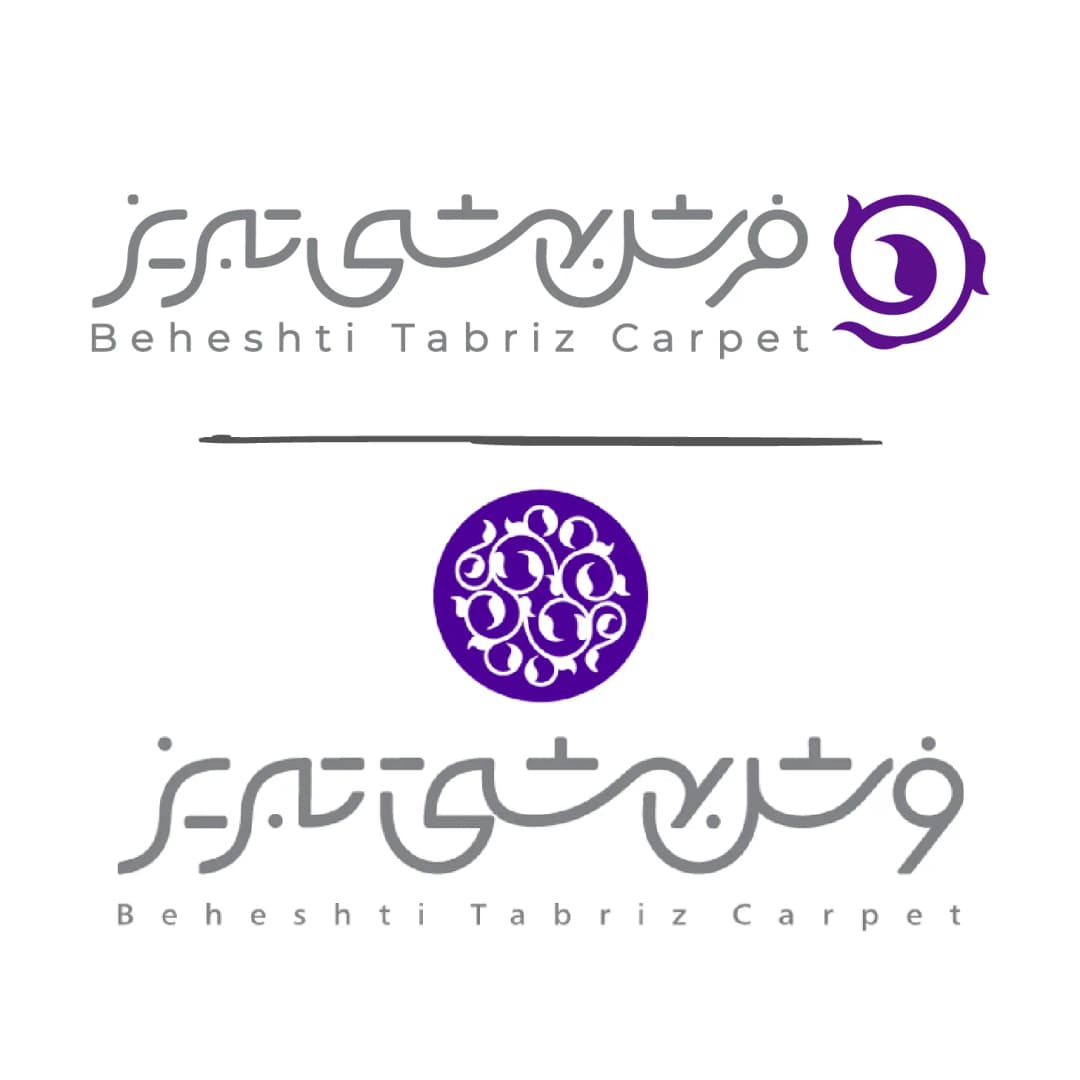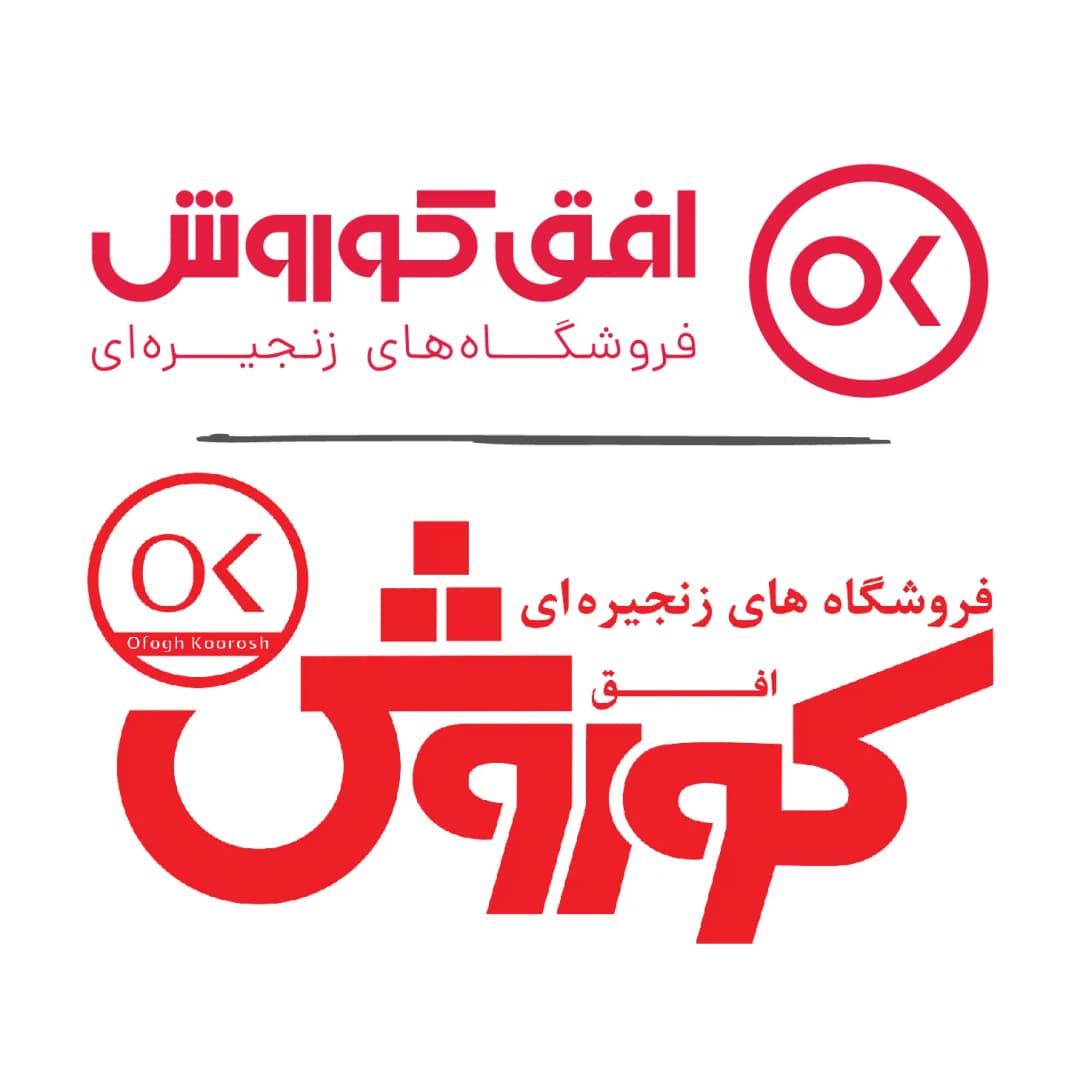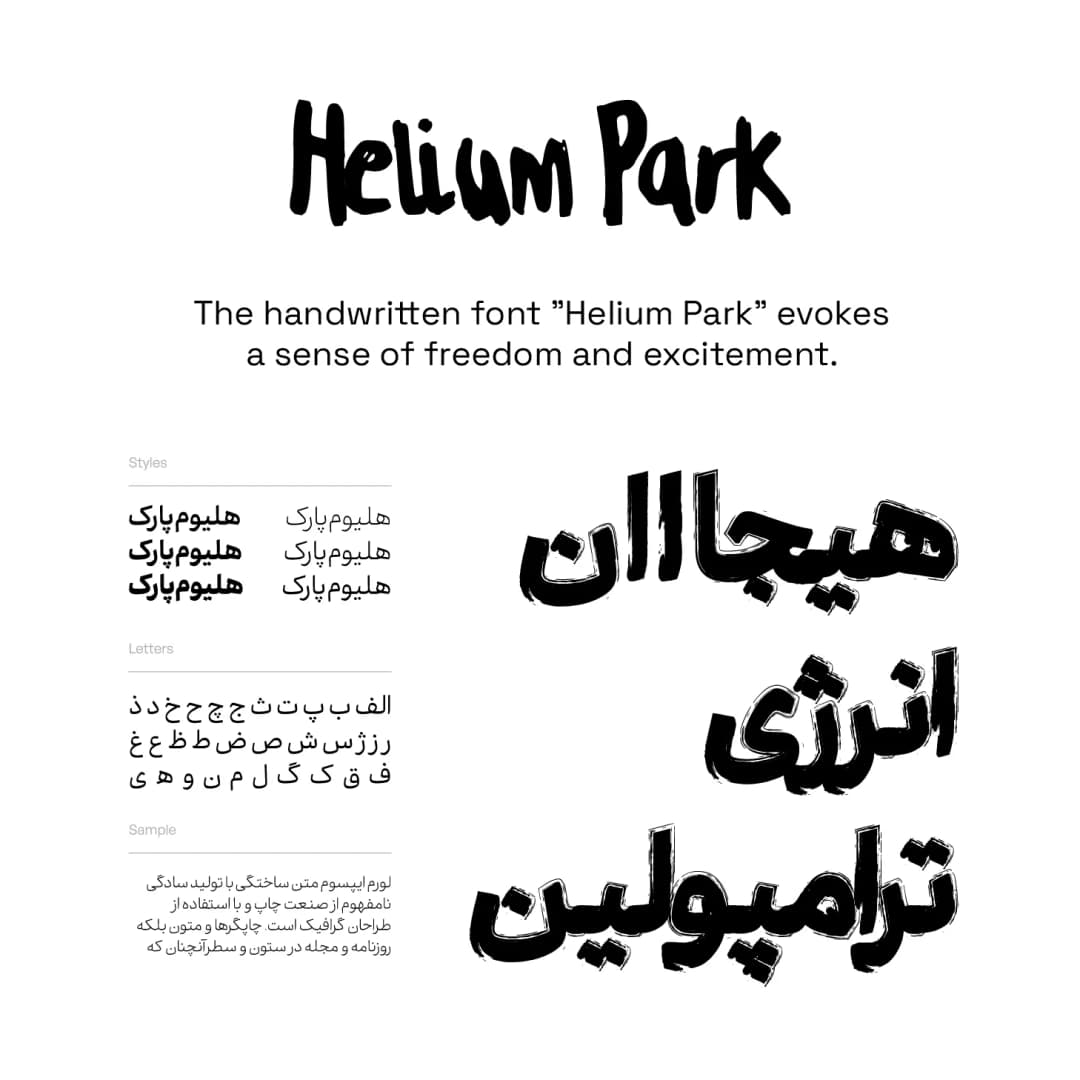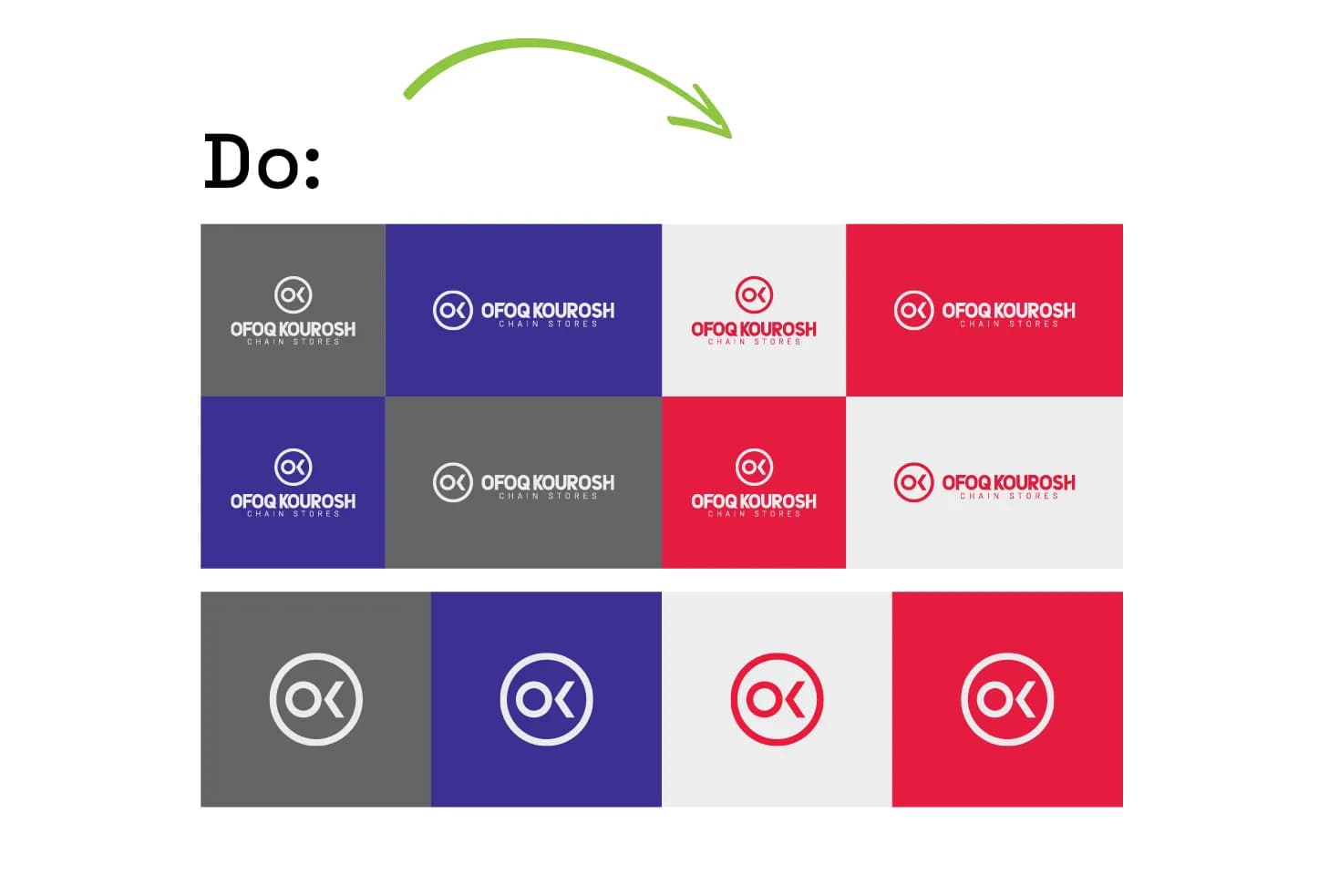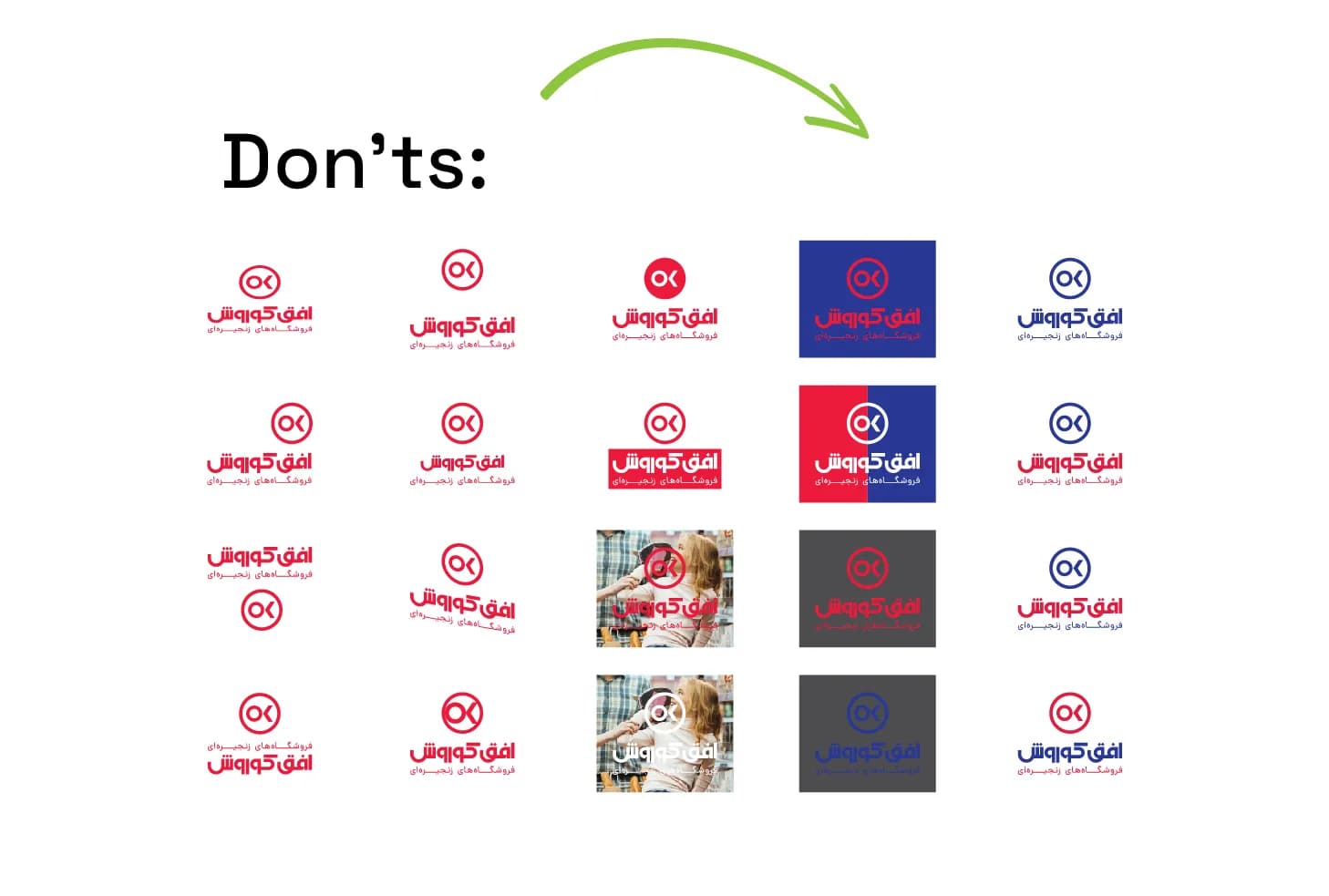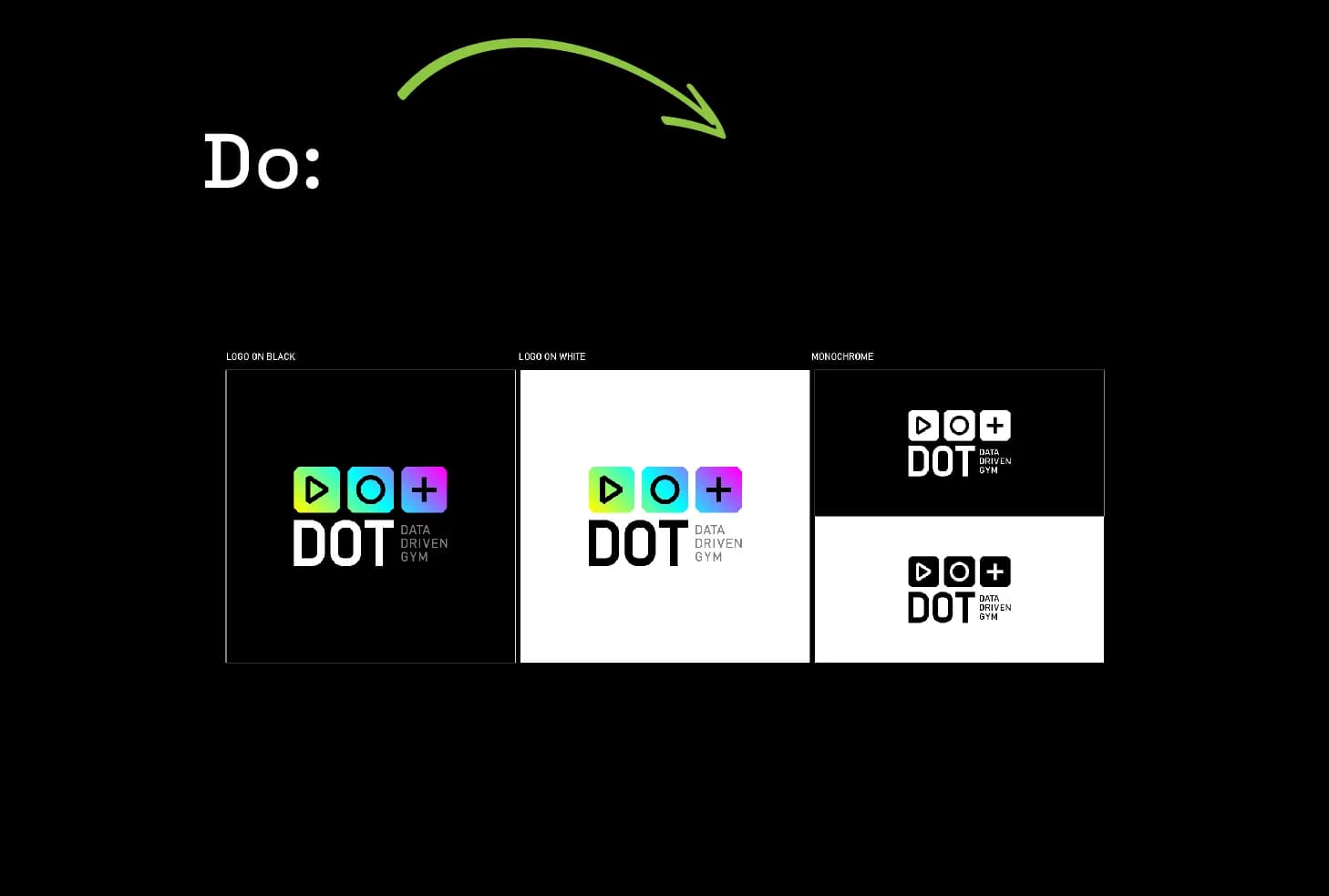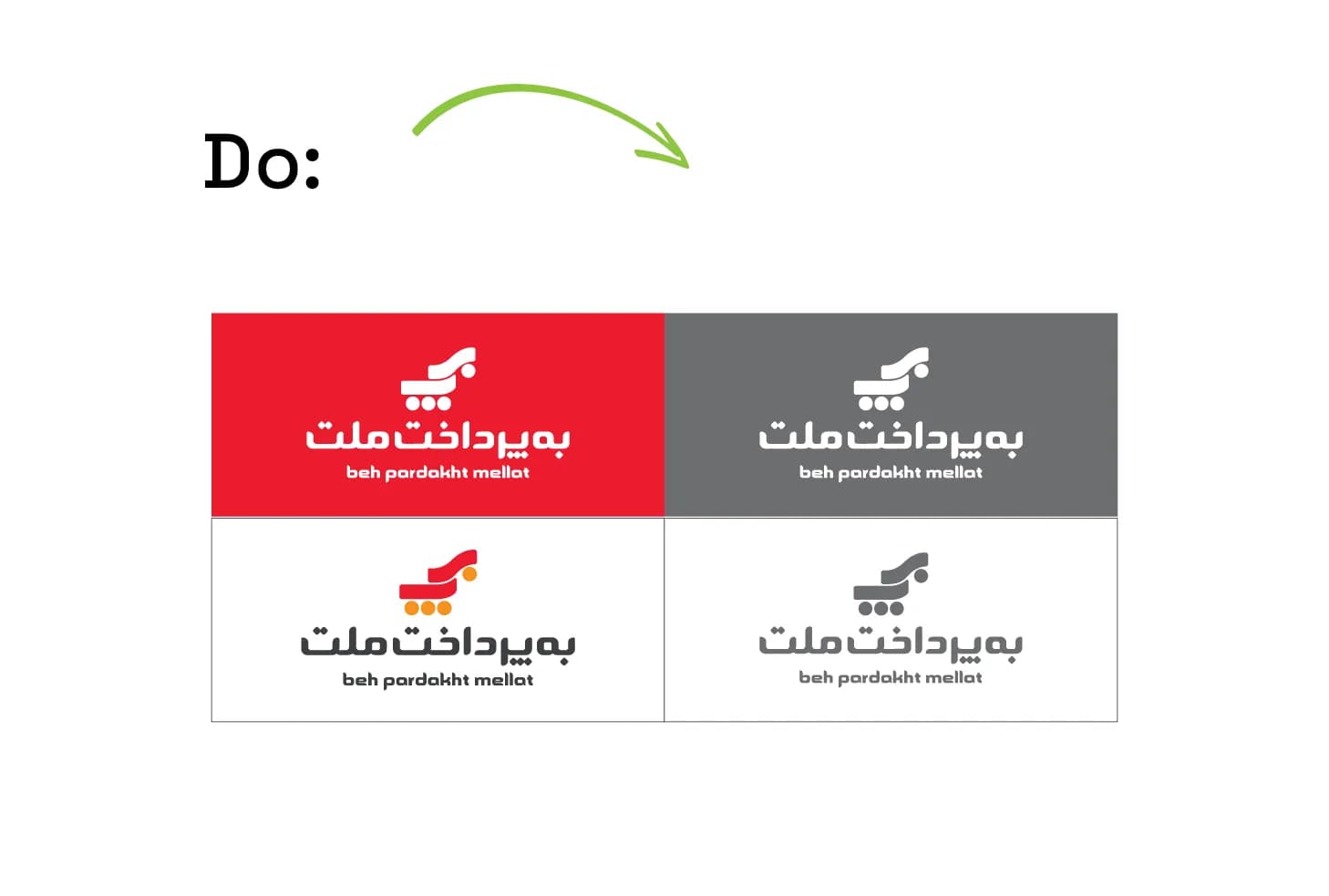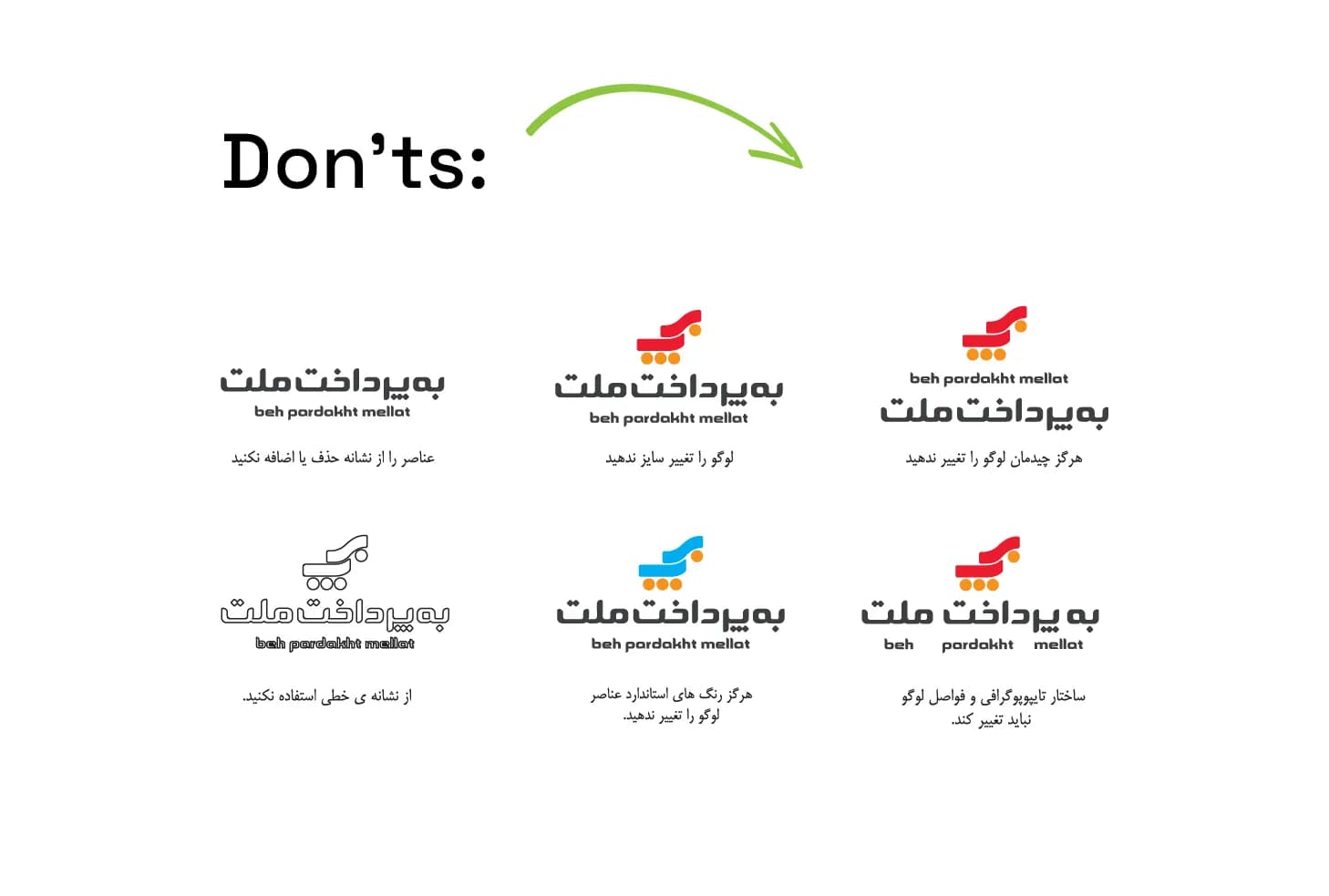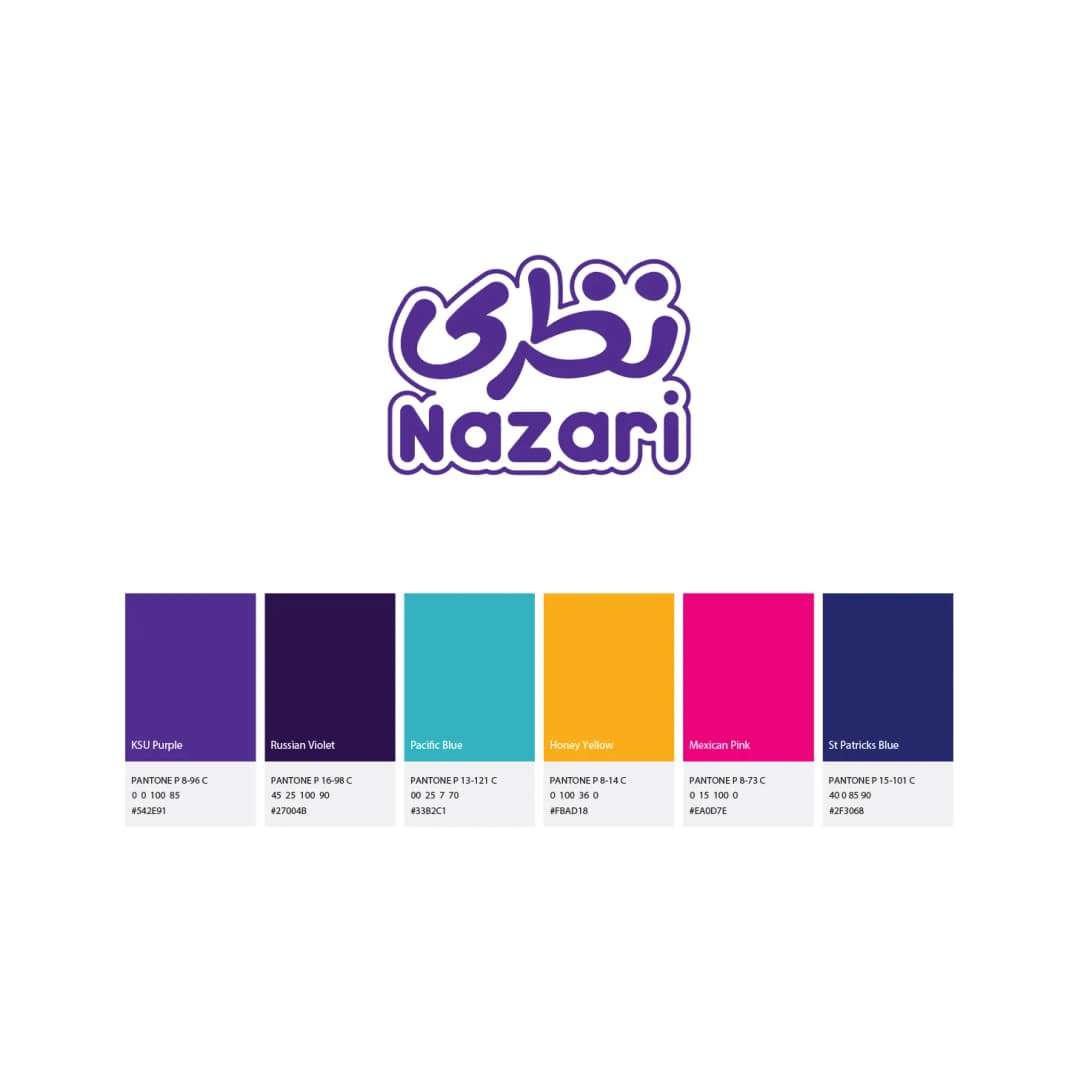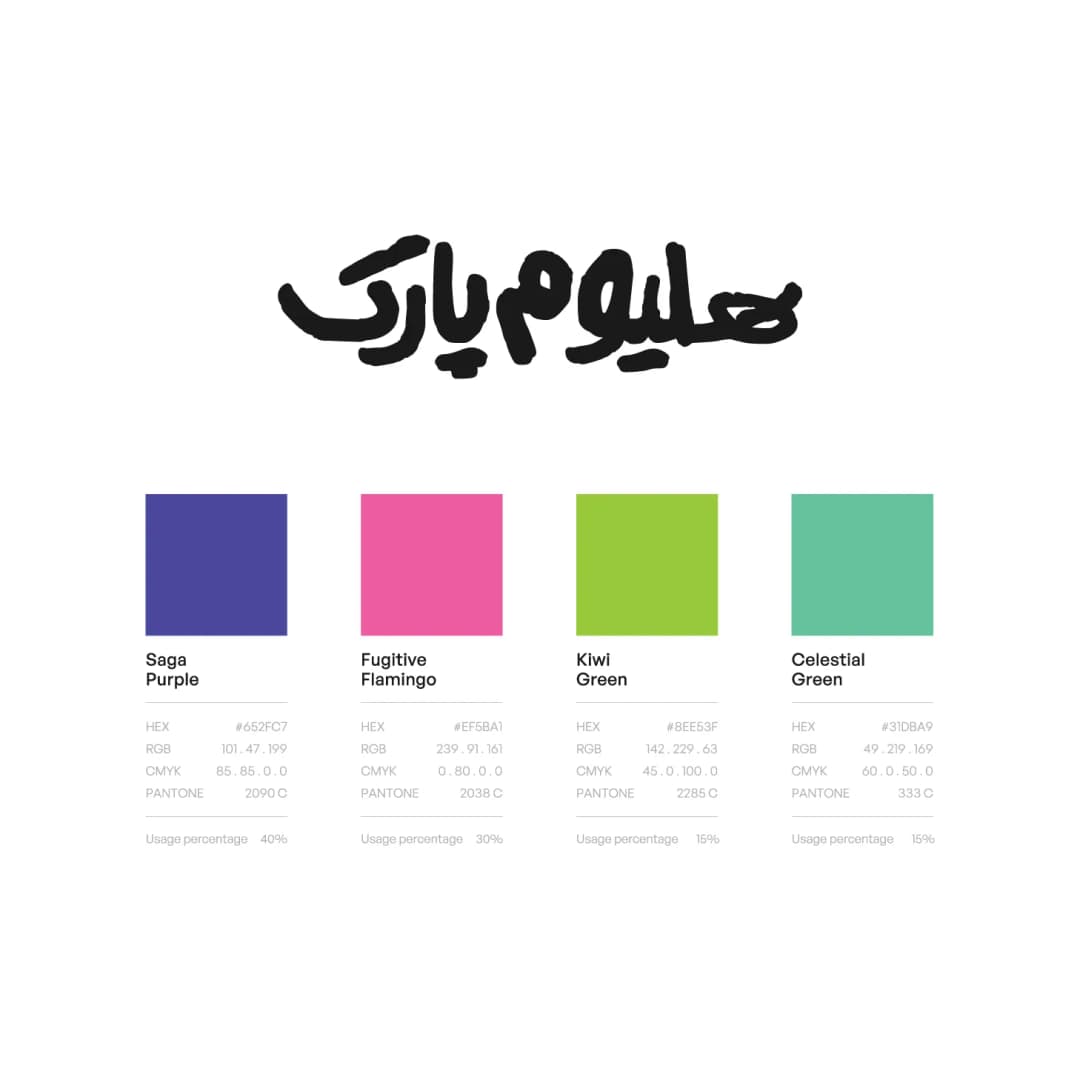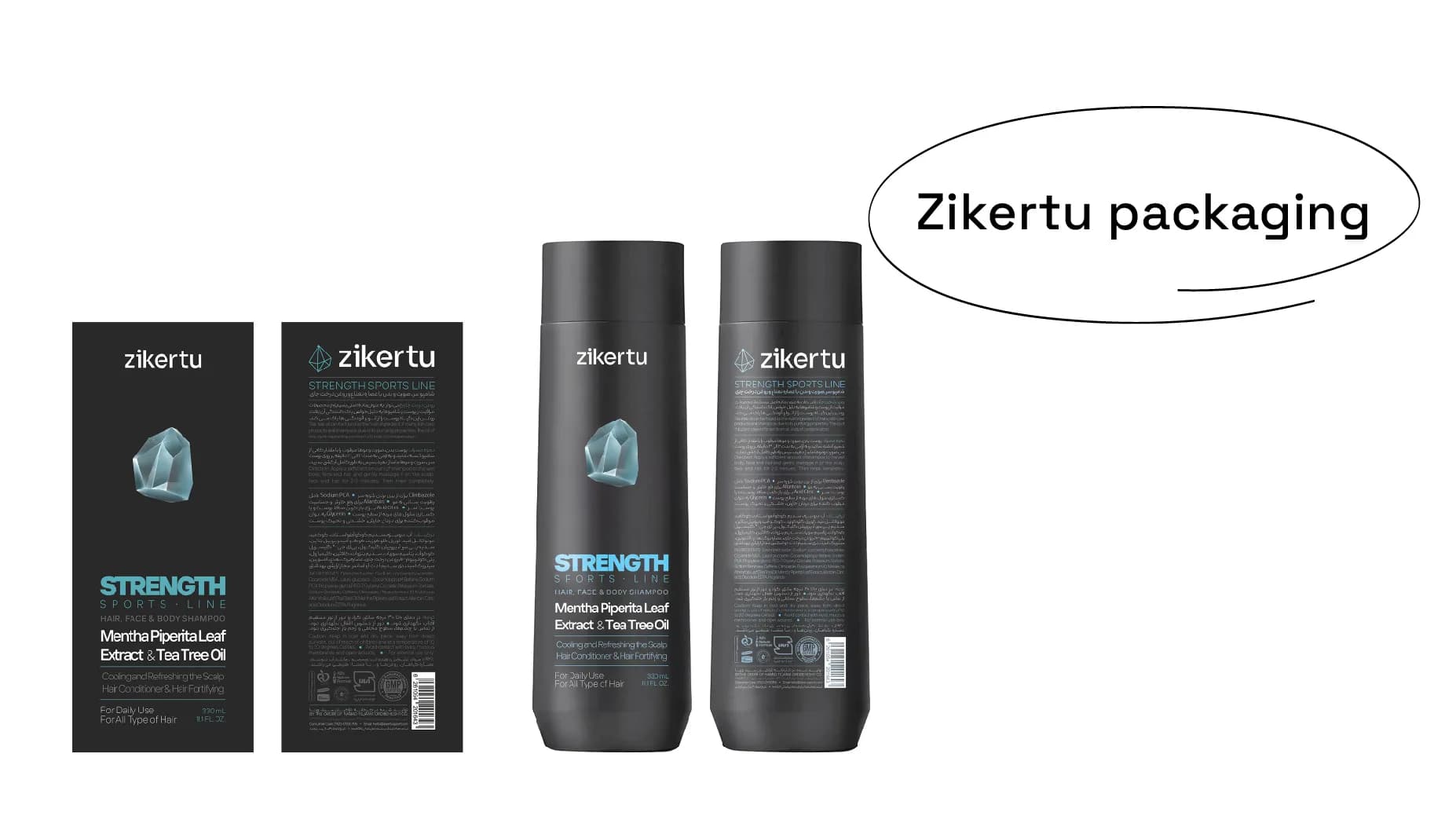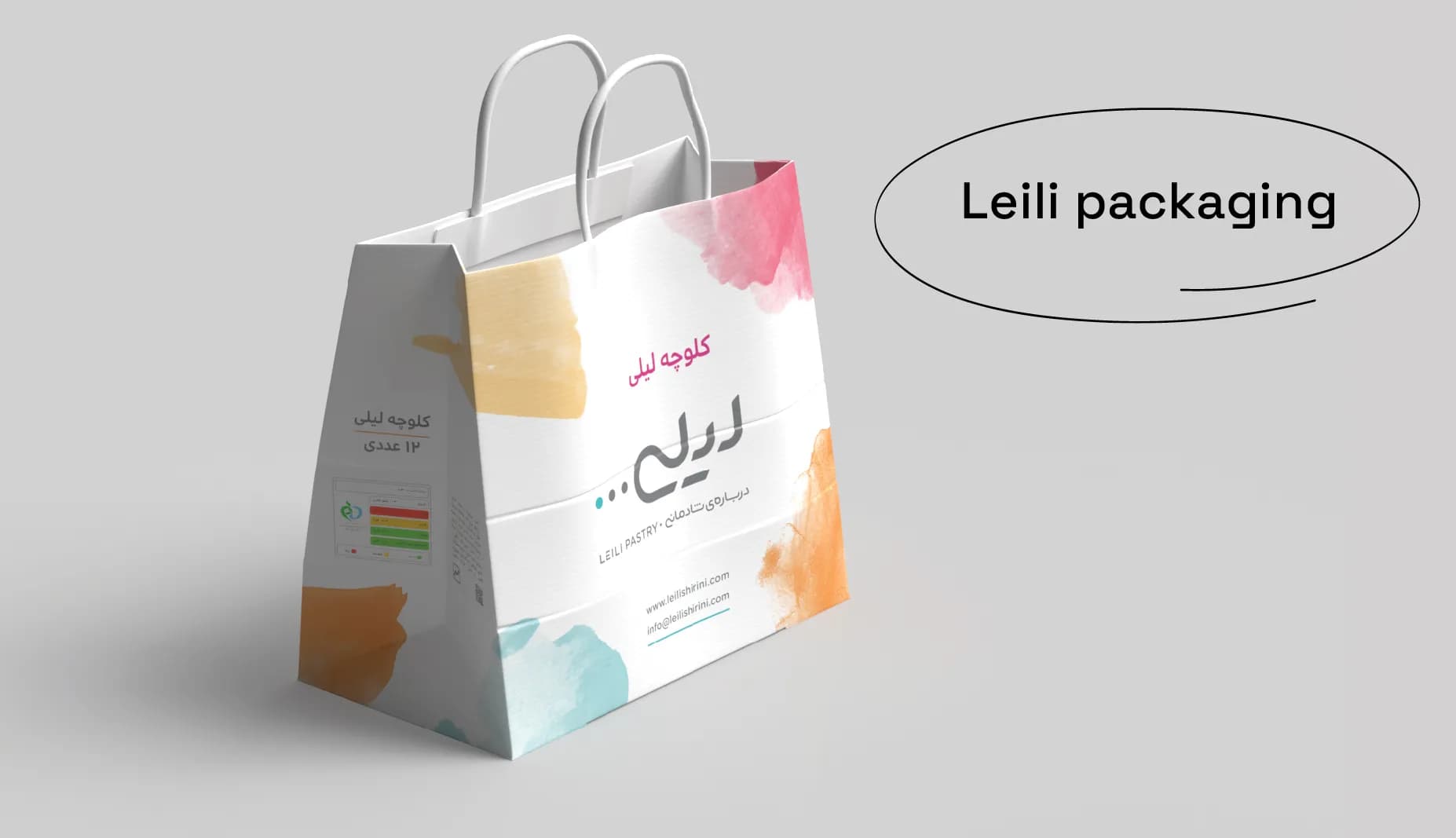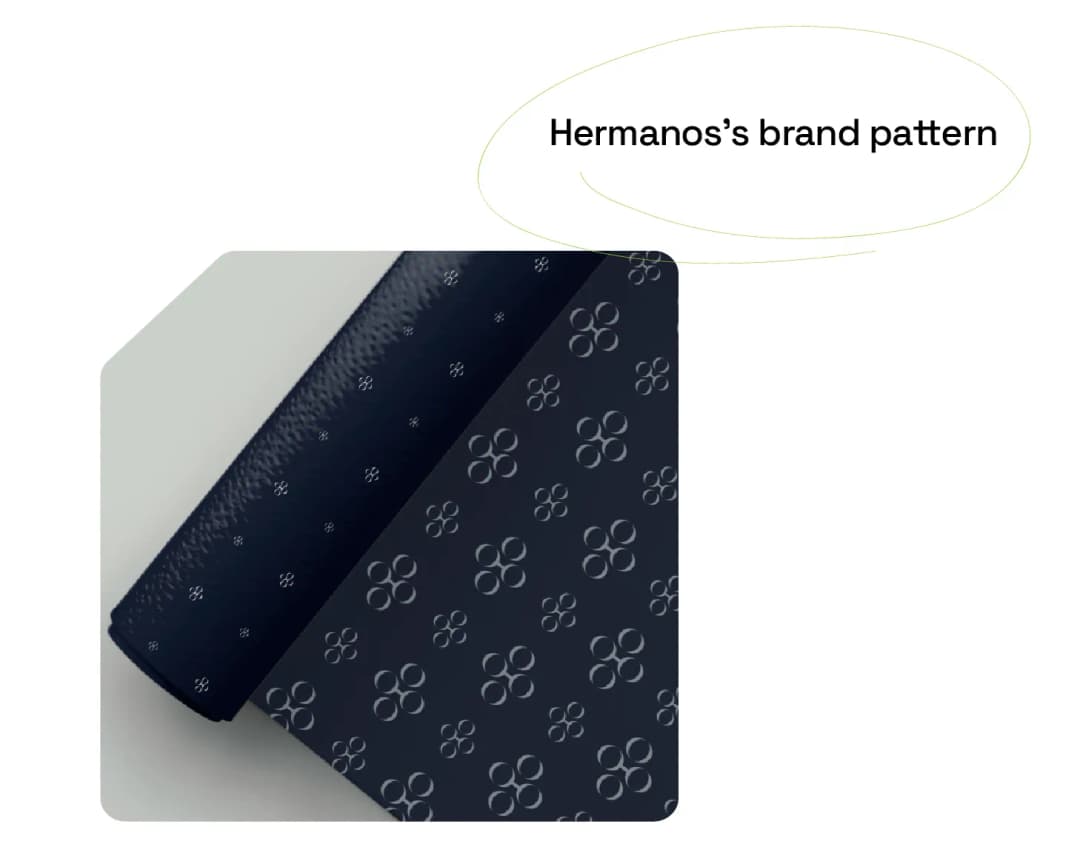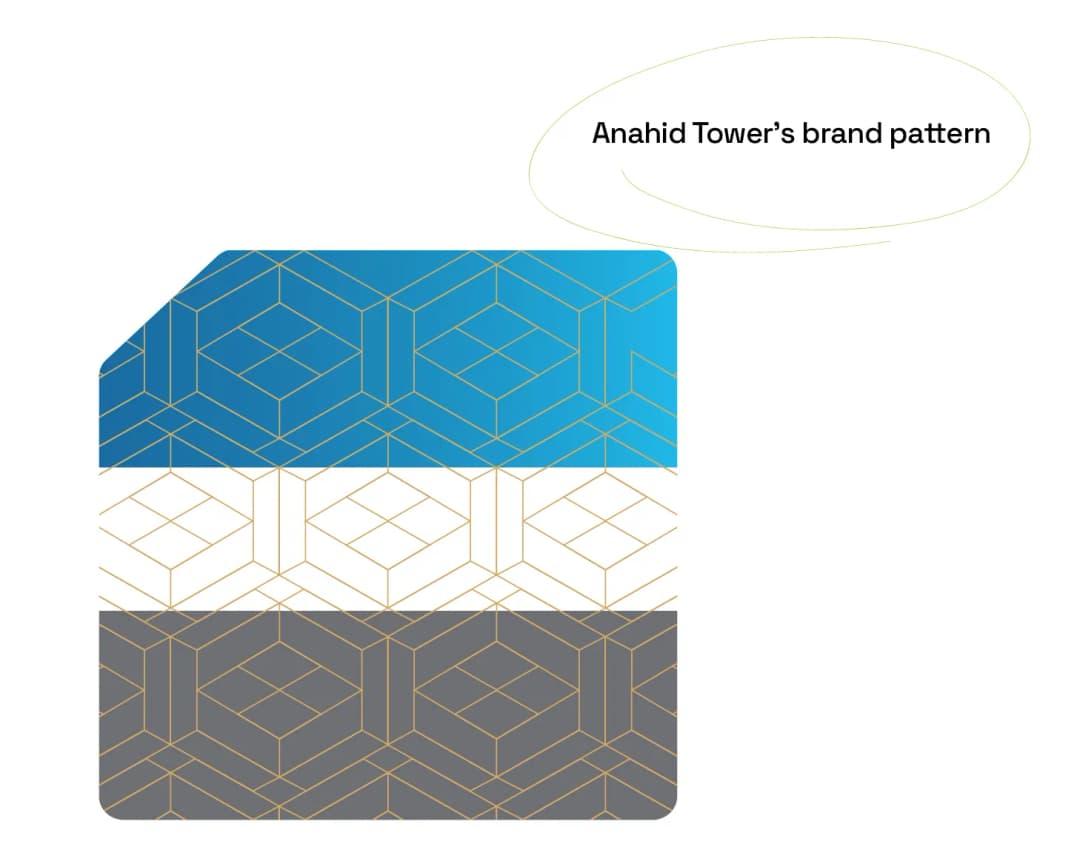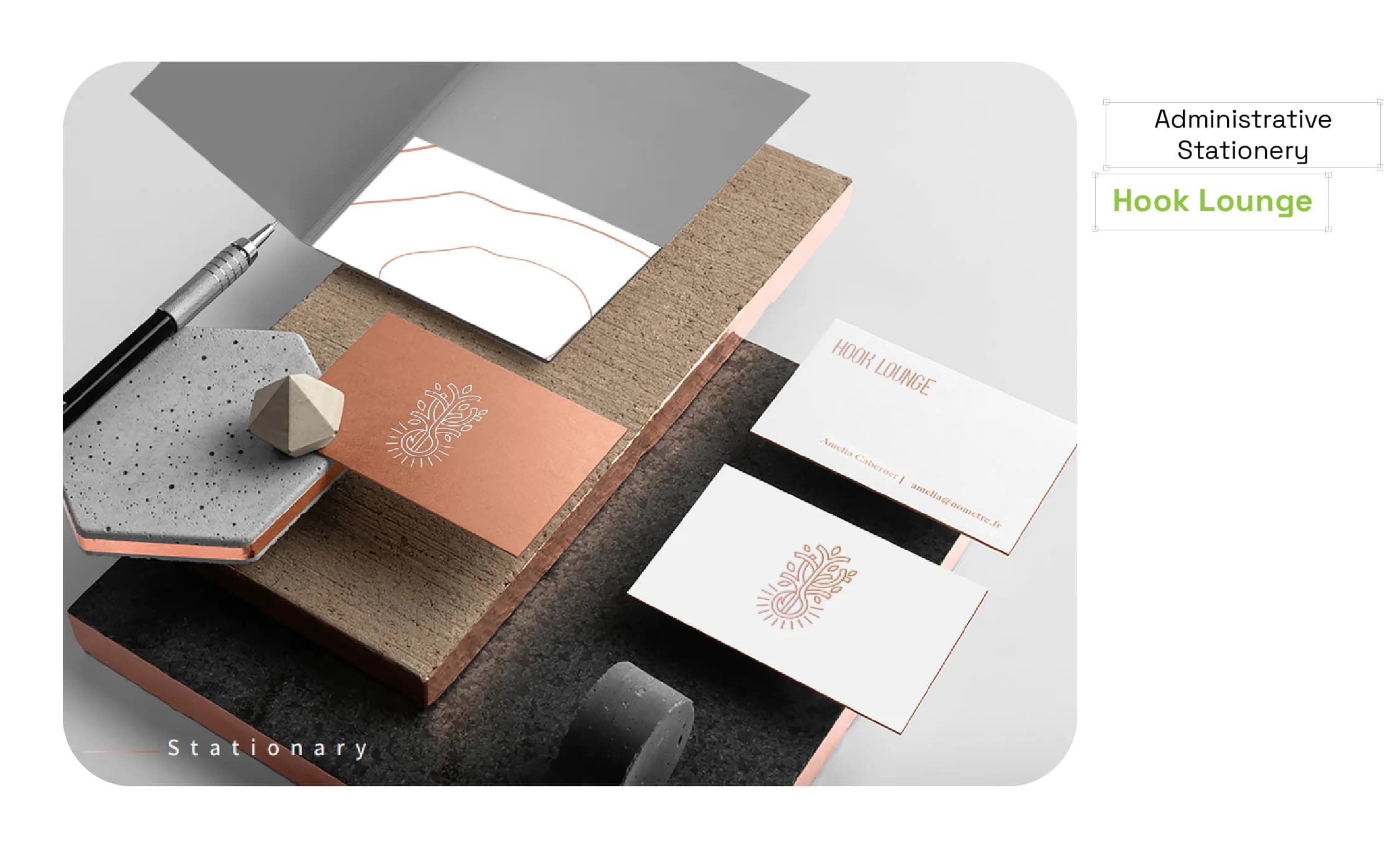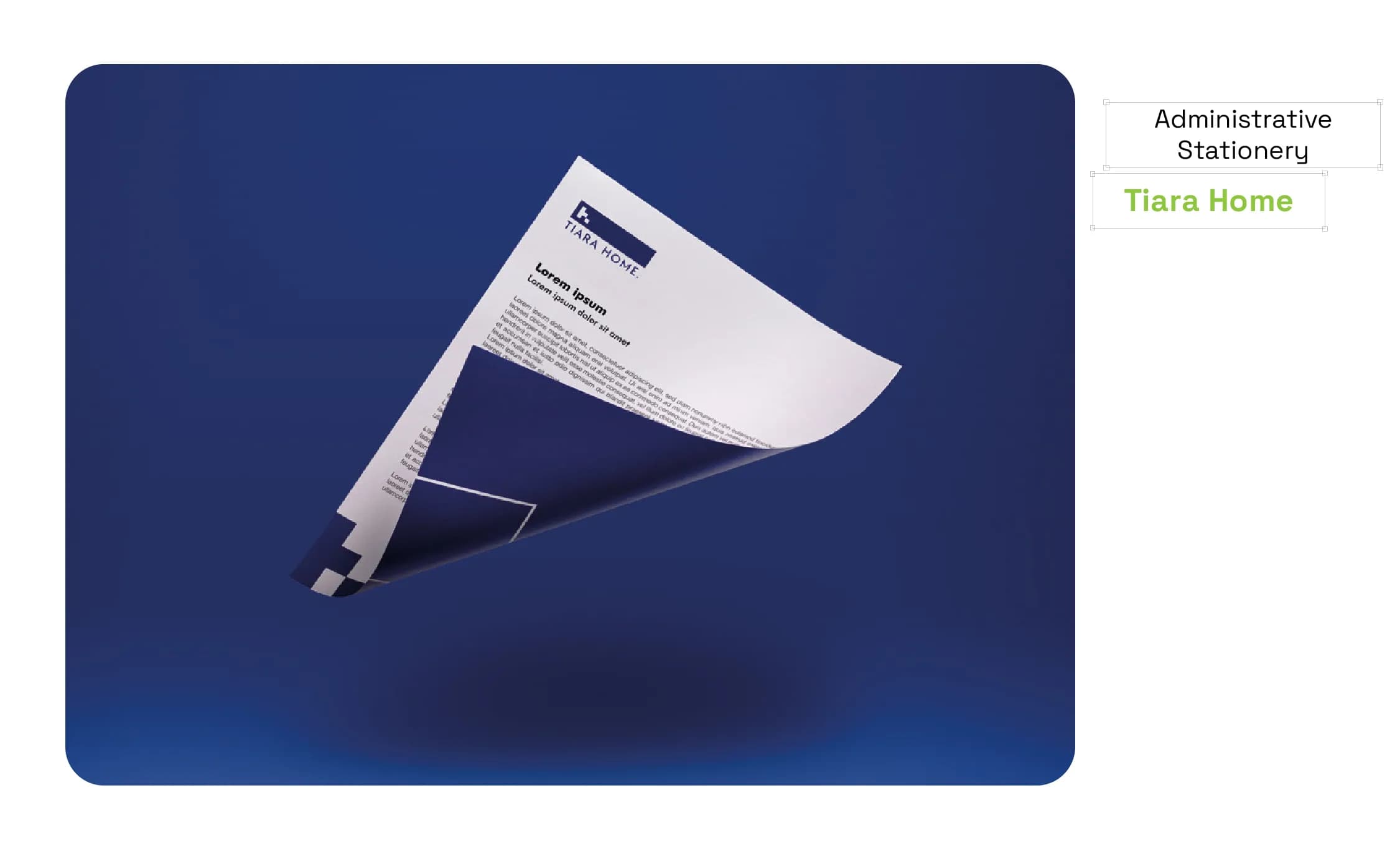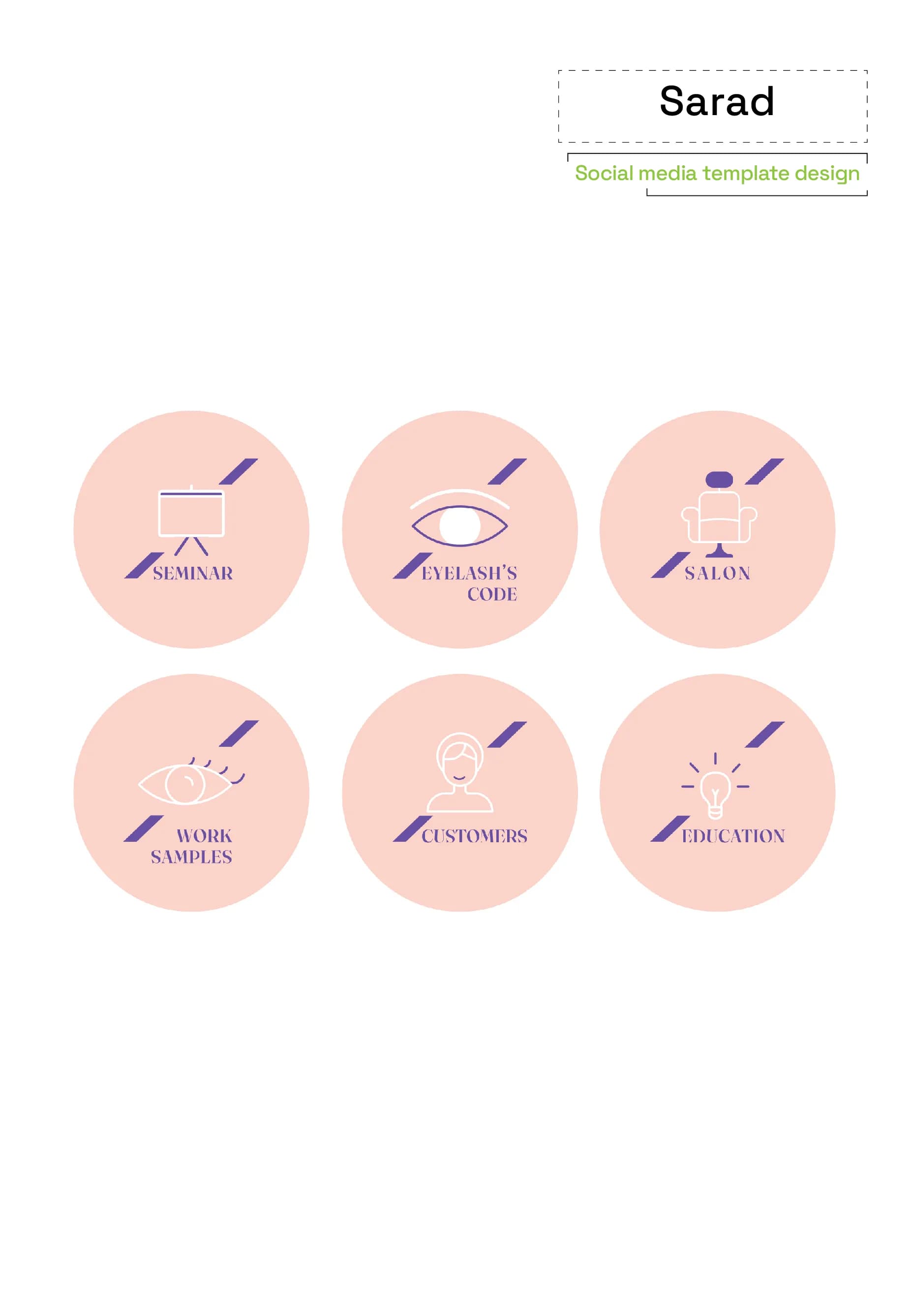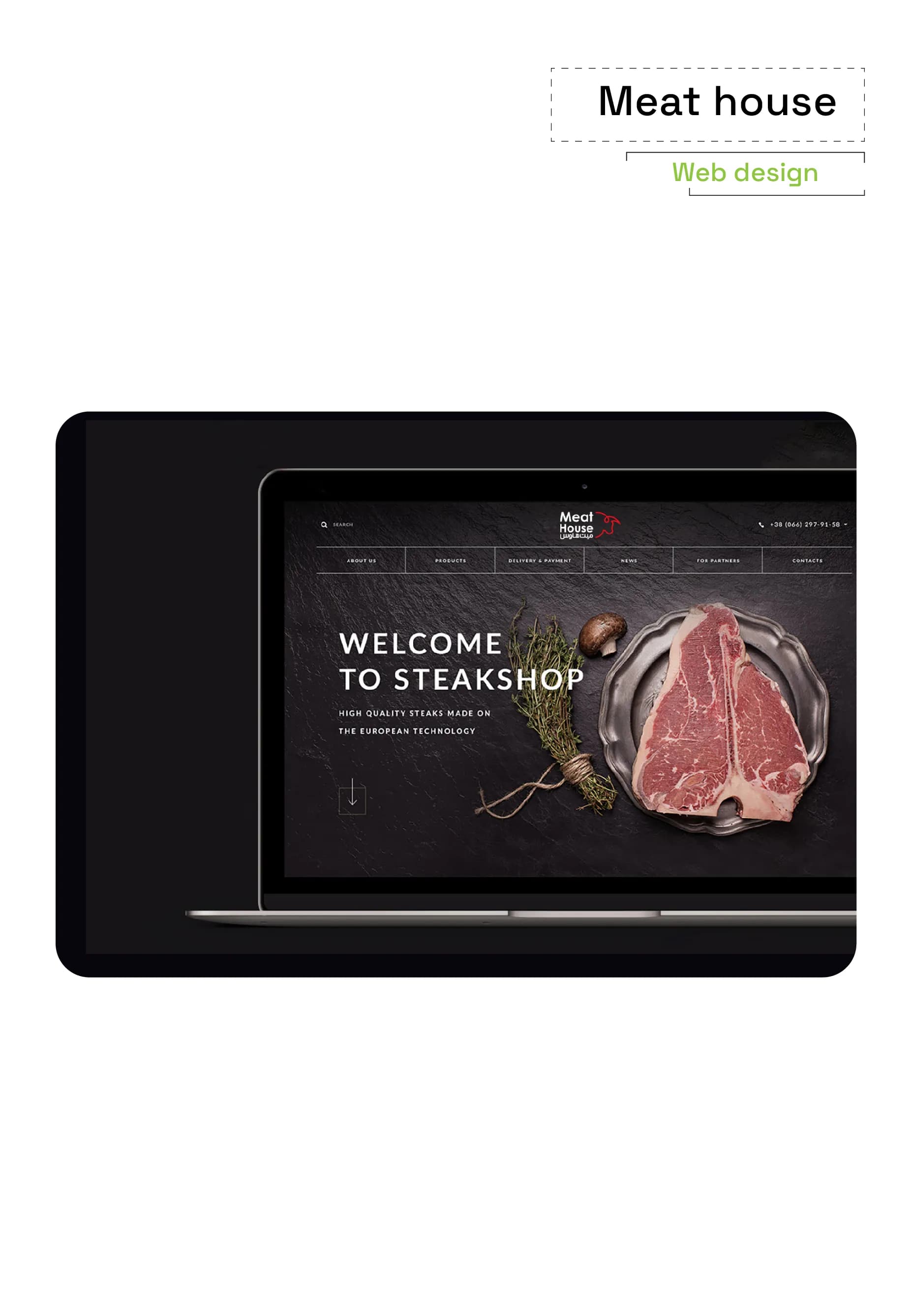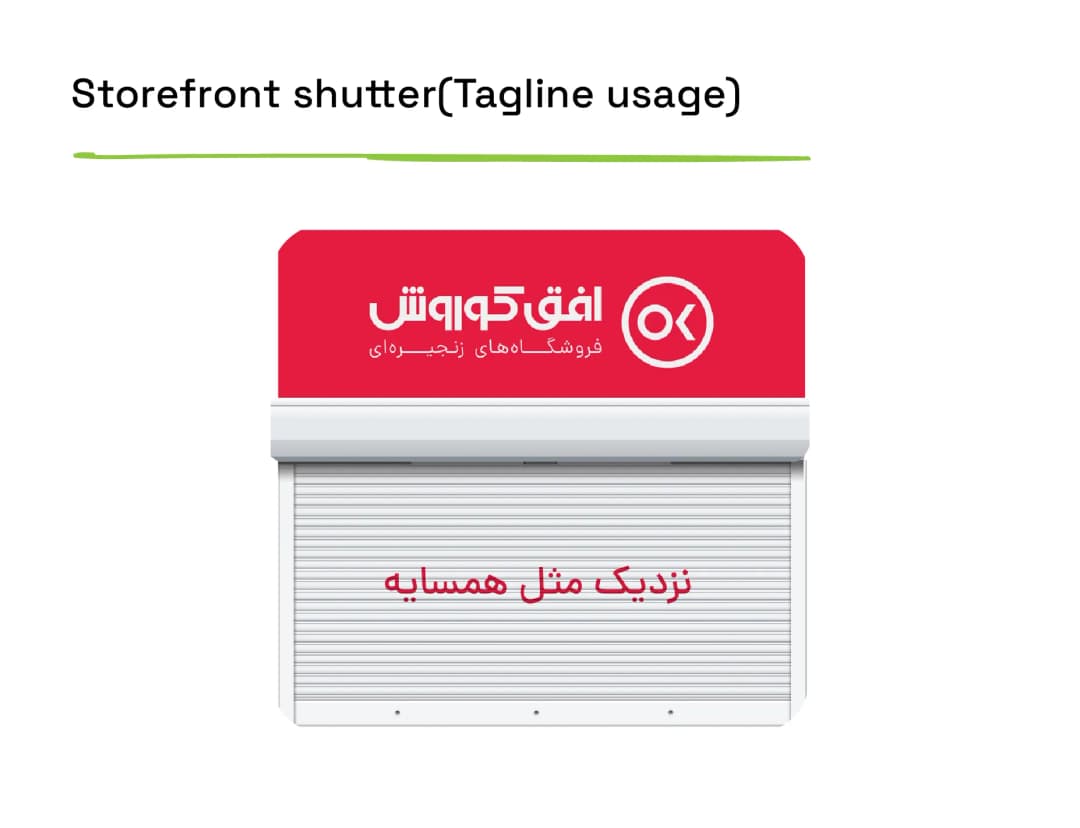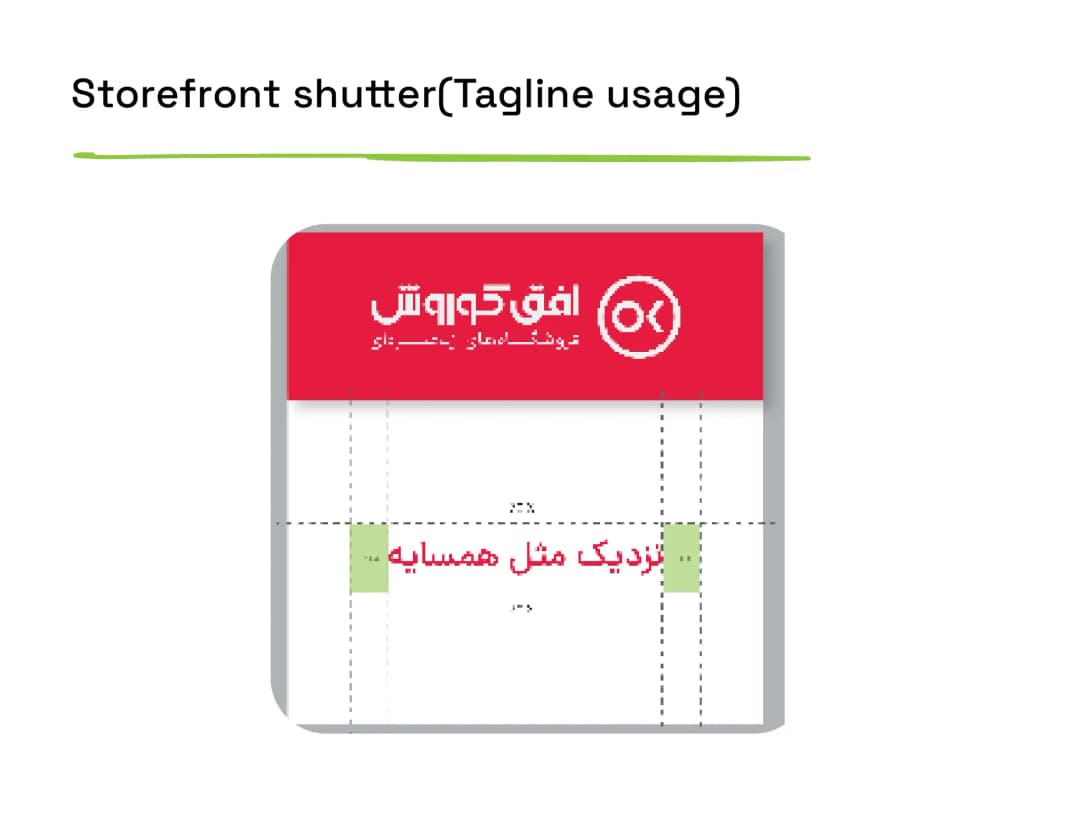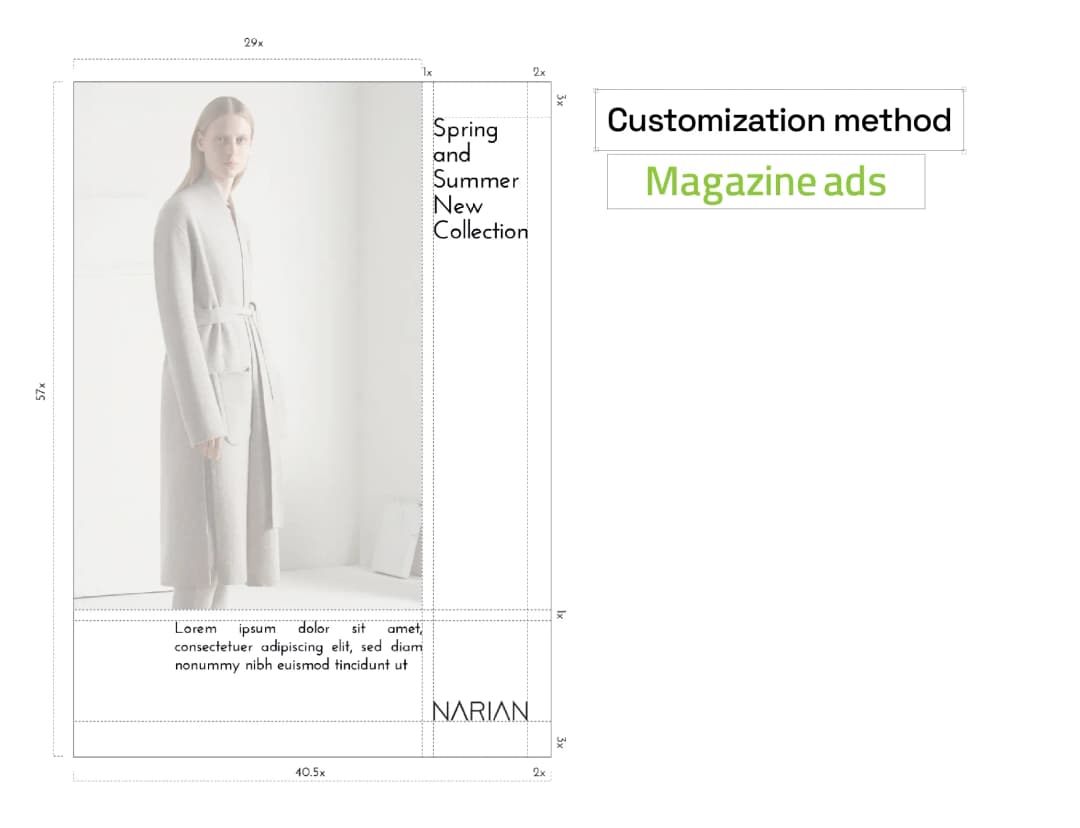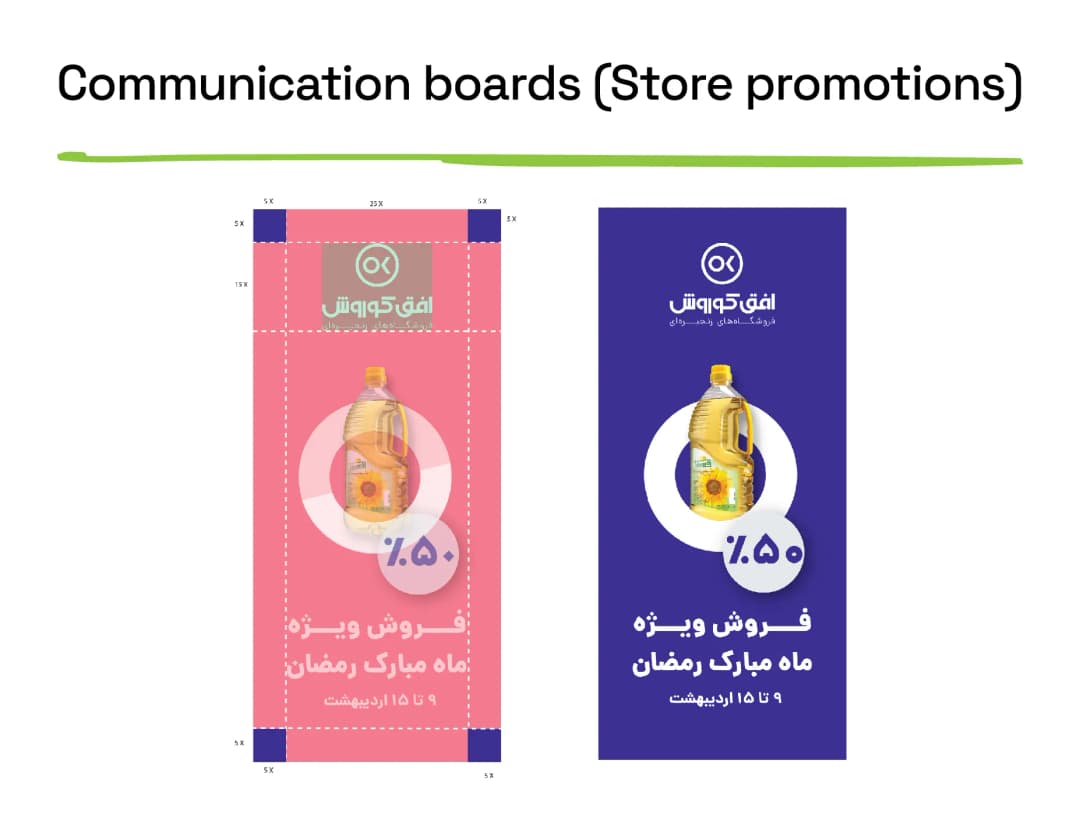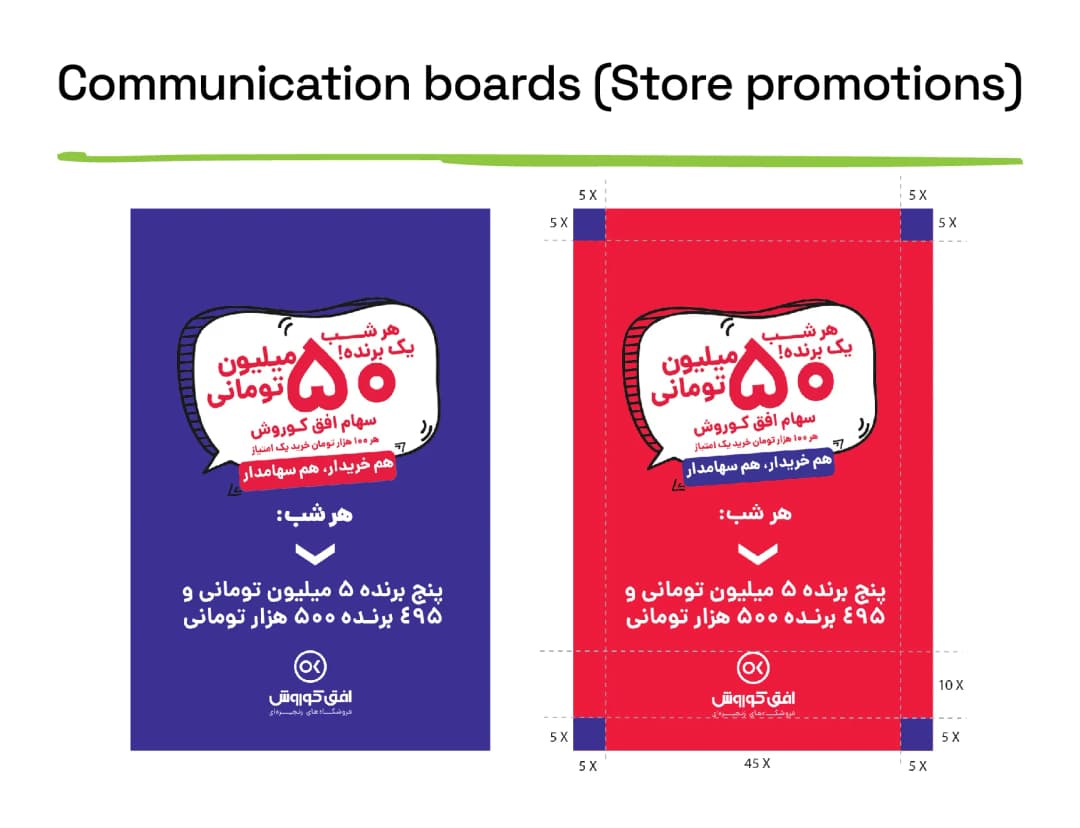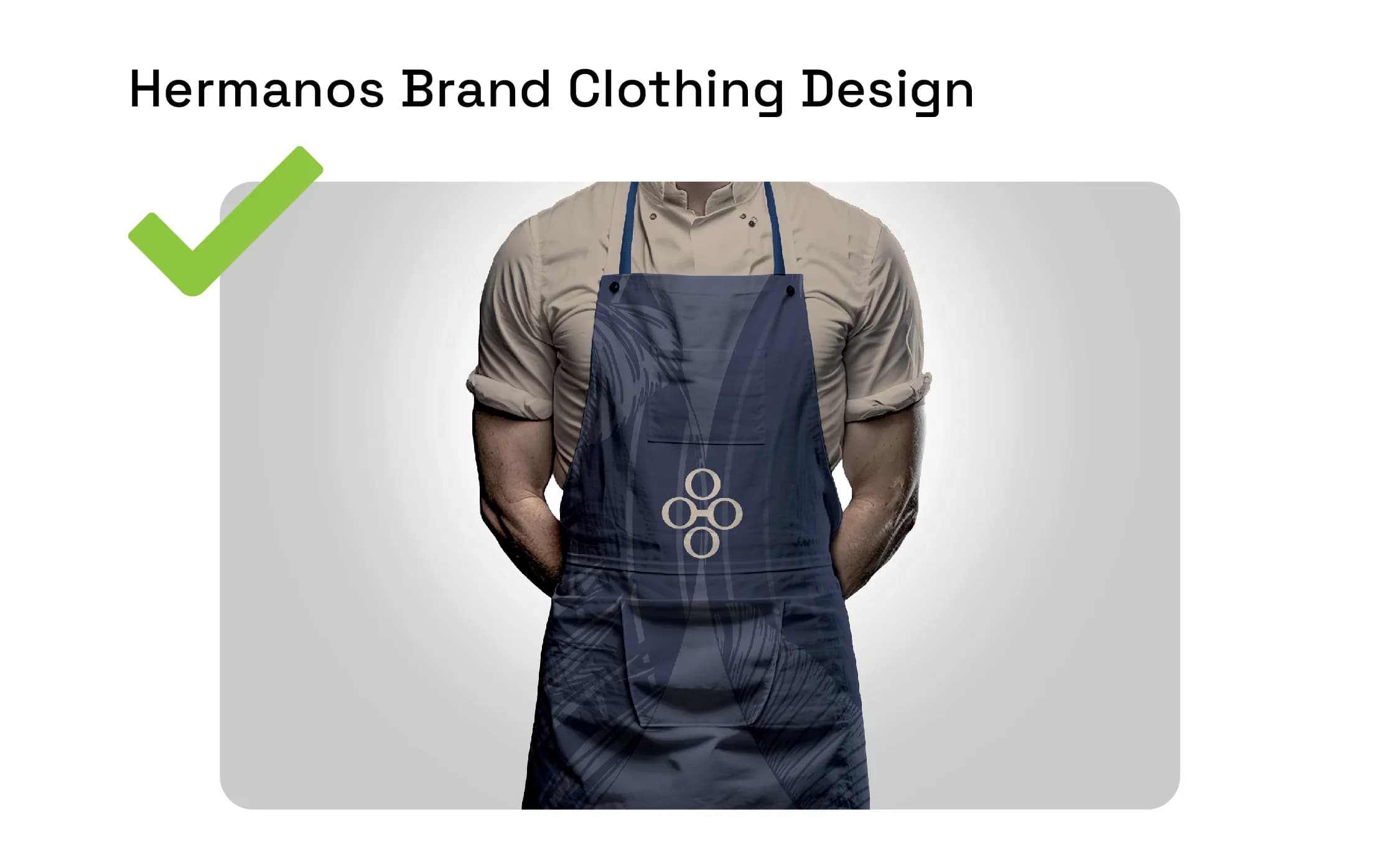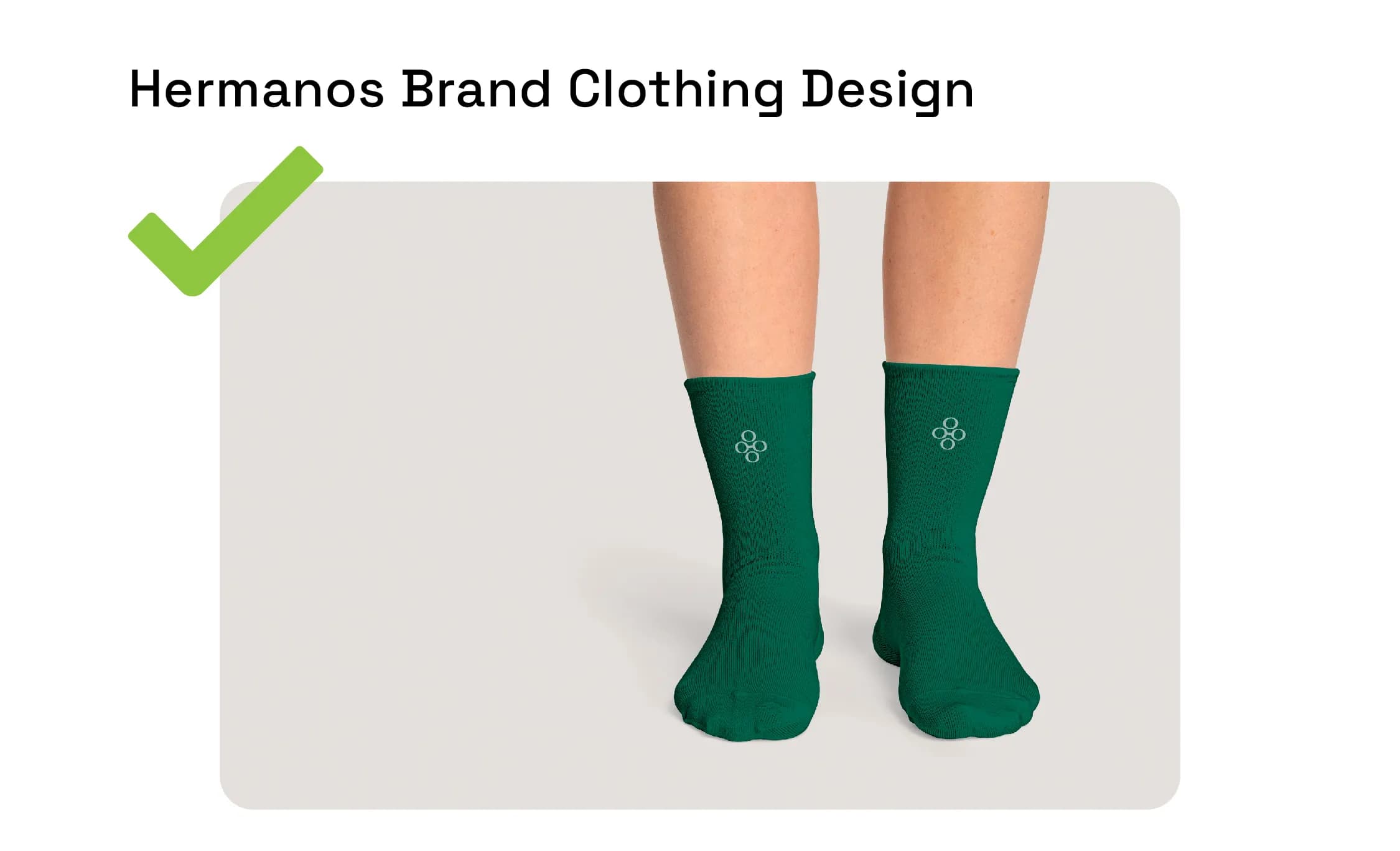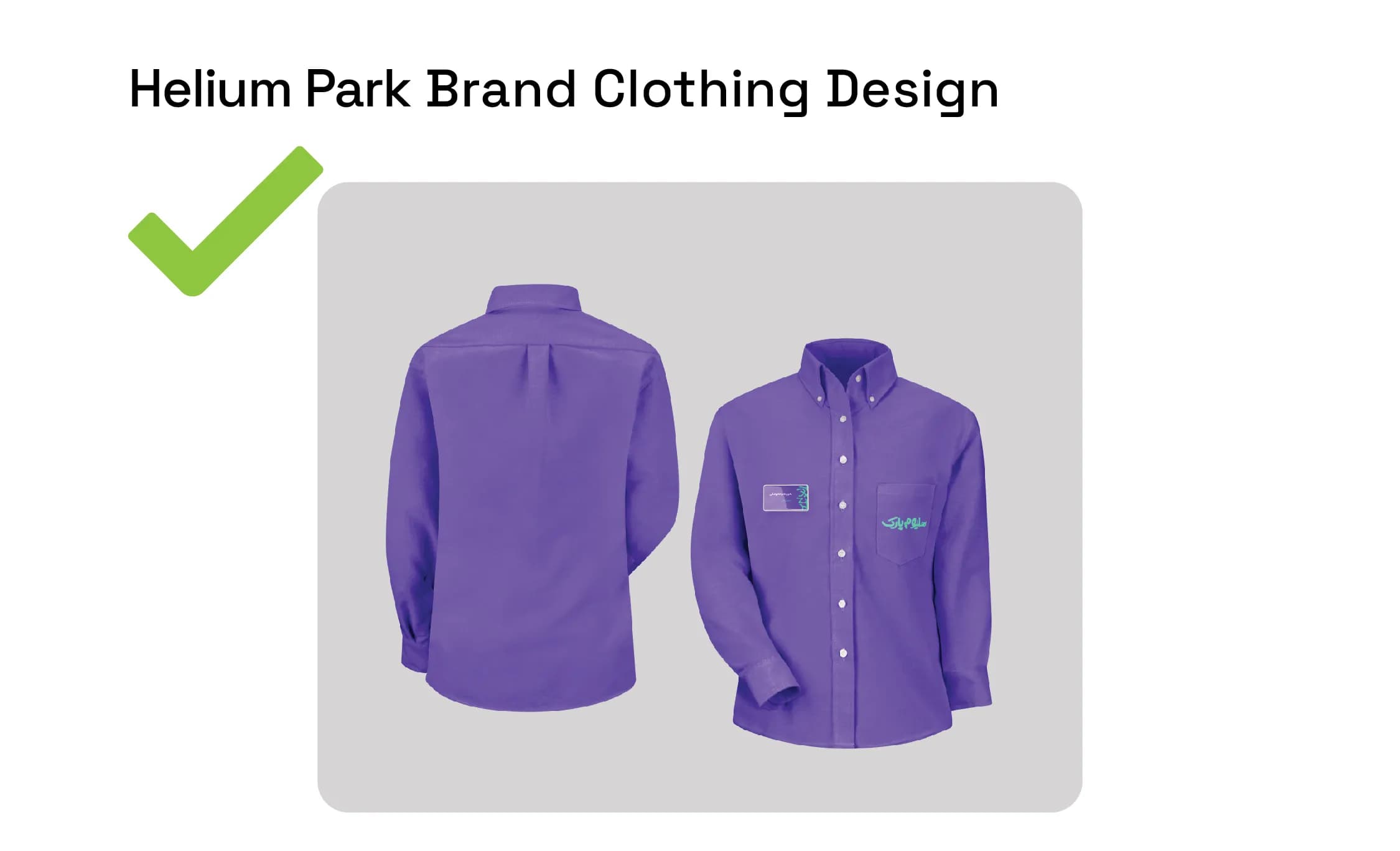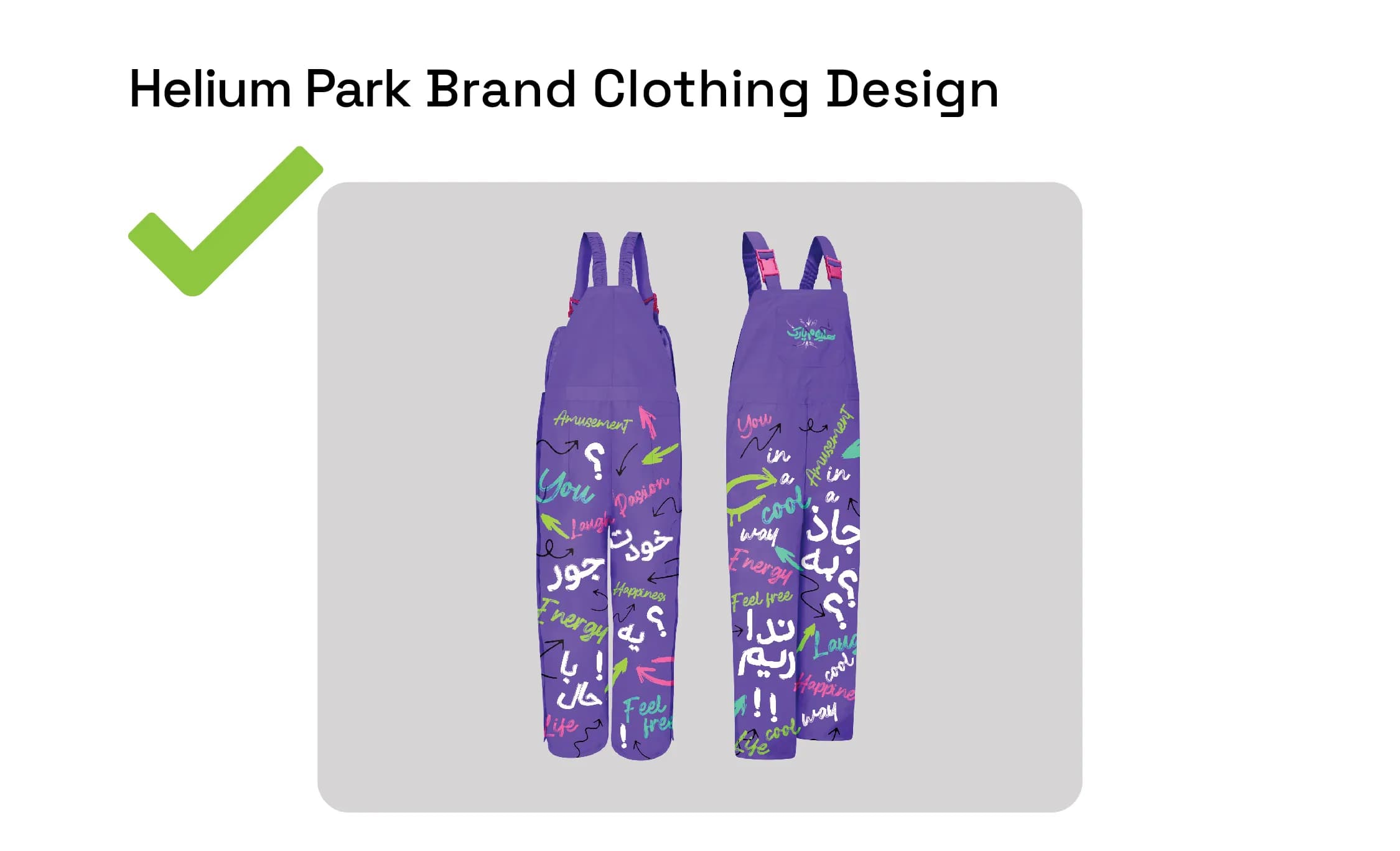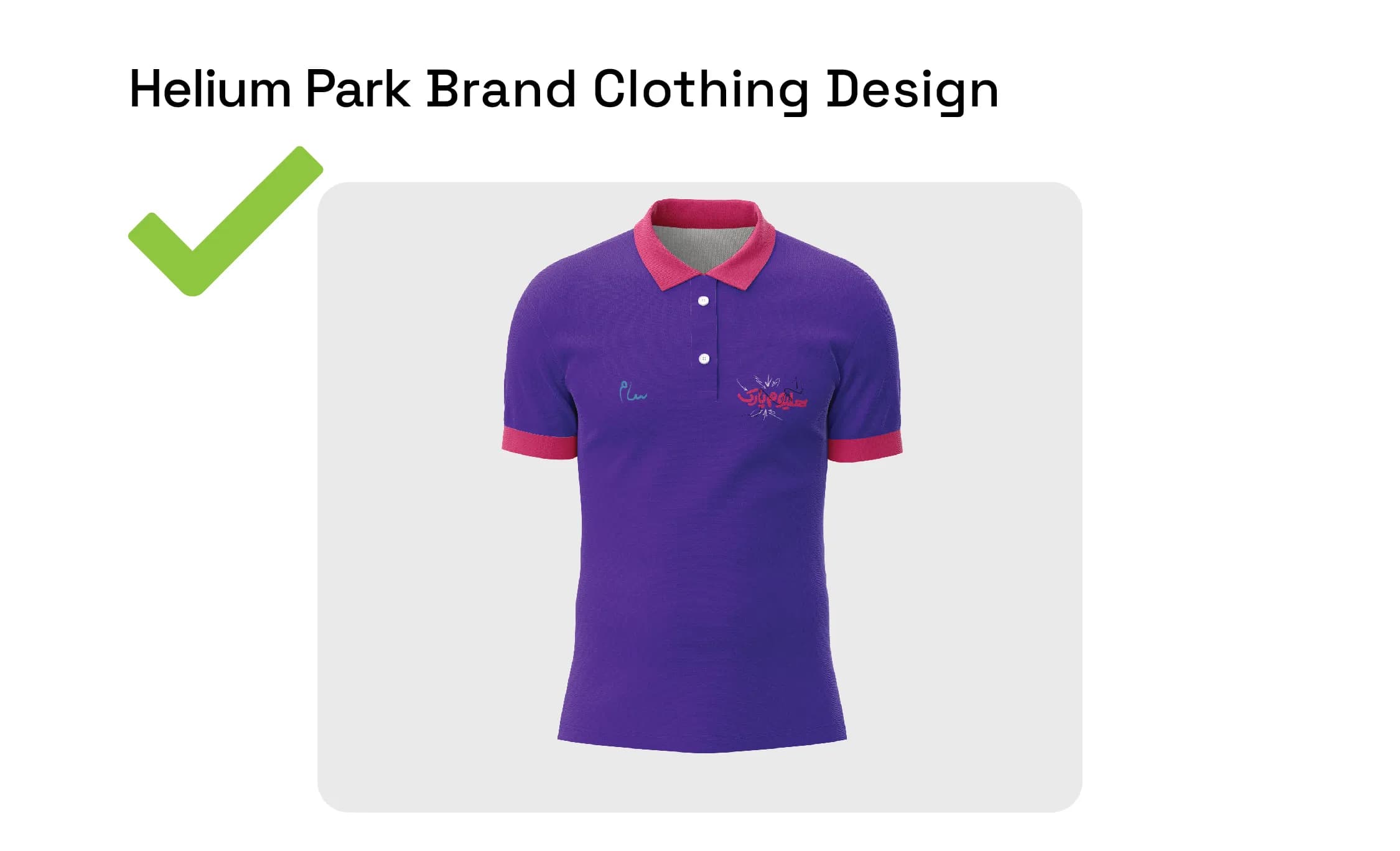Visual Identity Services
Developing an Integrated Visual Identity
The first brick laid by a crooked architect Leads to a crooked wall all the way to the ceiling …
The initial steps in establishing your visual identity (Phase One) are like laying the first brick of your brand. If laid correctly, your brand will embark on a successful journey. A cohesive identity creates a strong foundation for future interactions and perceptions, ensuring the effectiveness of your brand.
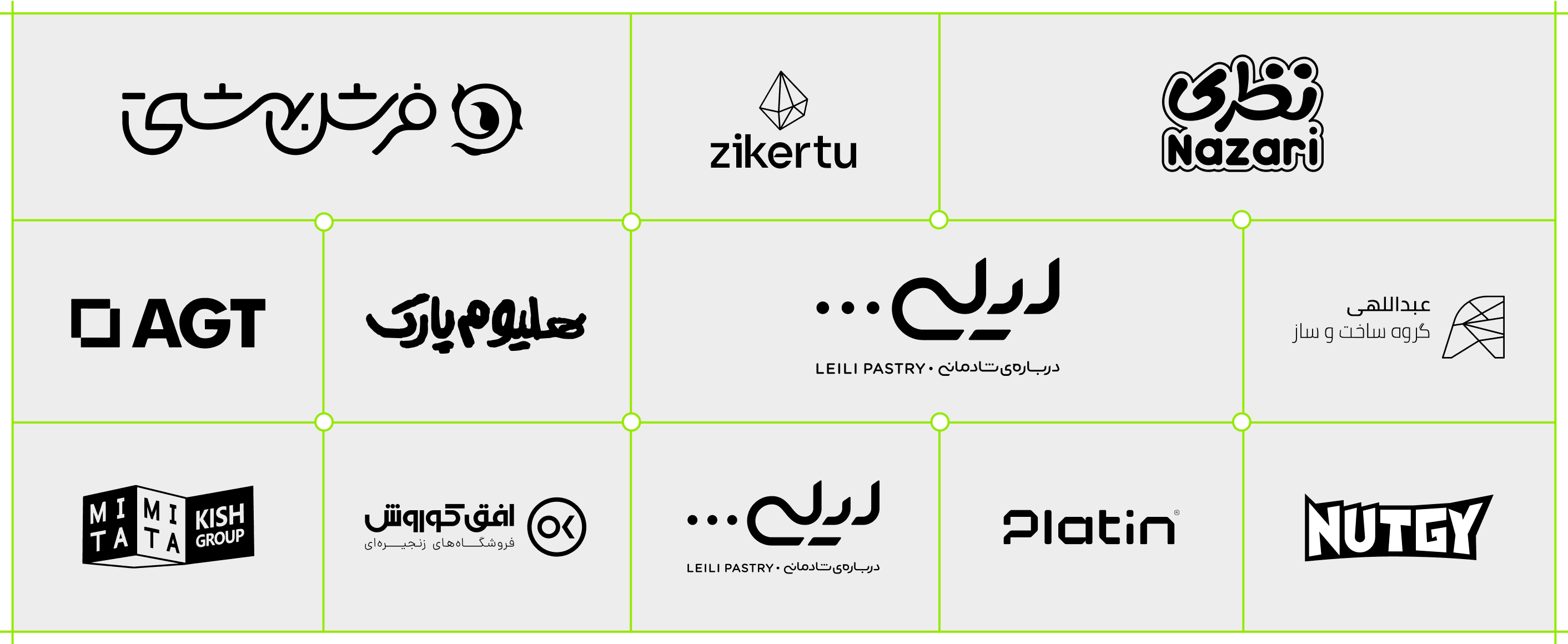
What Is Visual Identity, and Does My Brand Need It?
In today's world, we consciously or unconsciously engage with various brands and companies every day. Each of these creates a distinct image in our minds that sets them apart. Visual identity comprises a cohesive set of visual elements that represent a brand, company, or organization. Once the integrated brand strategy is established (Click here for more info) , the first and most crucial step is to align and unify all touchpoints in accordance with the brand's core strategy. Platin assists you in crafting a well-engineered and tailored identity that leaves a lasting impression on your audience.
What Does Platin Do for My Identity?
As mentioned earlier, each brand requires specific graphic elements and touchpoints based on its needs. Platin designs these elements after thorough analysis for your brand.
Here are a few examples:
Logo
Your logo must be designed to be versatile, usable across various materials and sizes. Precise engineering in the design is crucial to ensure that the logo effectively meets your business's needs. Additionally, it should create a strong, lasting impression in the minds of your audience.
Font
The chosen font should reflect your brand's personality while providing accessibility for use across diverse environments. An appropriate font clearly communicates your brand's emotions and messages, maintaining readability and appeal in all settings, from print to digital. These fonts must exhibit high flexibility to perform well across different materials and sizes.
Dos and Don’ts
Both dos and don’ts play vital roles in brand design. Dos help maintain coherence and unity among brand elements, ensuring that messages and visuals are communicated clearly while designs remain flexible across various materials and sizes. Conversely, don’ts prevent the use of inconsistent elements, complex designs, and unsuitable fonts or colors. Adhering to these principles contributes to building a strong and successful brand.
Colors
Color selection in brand design is critical, as colors can evoke emotions and convey messages to your audience. Appropriate colors can establish a strong and memorable visual identity, capturing attention effectively. Each color carries its own psychological impact, influencing audiences in various ways. Colors should be chosen to align with your brand's personality and perform well across all materials and settings. Thoughtful color choices can help distinguish your brand and foster stronger connections with your audience.
Packaging
Packaging serves not only to protect the product but also as the customer's first physical touchpoint with your brand. Packaging design should be appealing and reflective of your brand's identity, aligning with its messages and values.
Creative and high-quality packaging can attract customers and enhance their shopping experience. Additionally, well-designed packaging can build trust in the product and strengthen customer loyalty.
Visual Concept (Patterns, Symbol Colors, etc.)
Utilizing visual concepts, such as patterns or associating specific colors with your brand, can enhance visual identity and create differentiation. Patterns add character and coherence to your designs, usable across various materials and settings. They can effectively convey your brand's essence and message, making a lasting impression on your audience. Furthermore, in situations where displaying the logo is not feasible, the visual concept can effectively represent the brand and maintain its identity.
Interior Design and
Environmental Graphics
Interior design elements and environmental graphics enrich the customer experience, transforming the brand's physical space into an emotional journey. These elements not only enhance the aesthetic appeal and identity of the brand but can also be strategically positioned in key areas to subtly communicate the brand's messages and values.
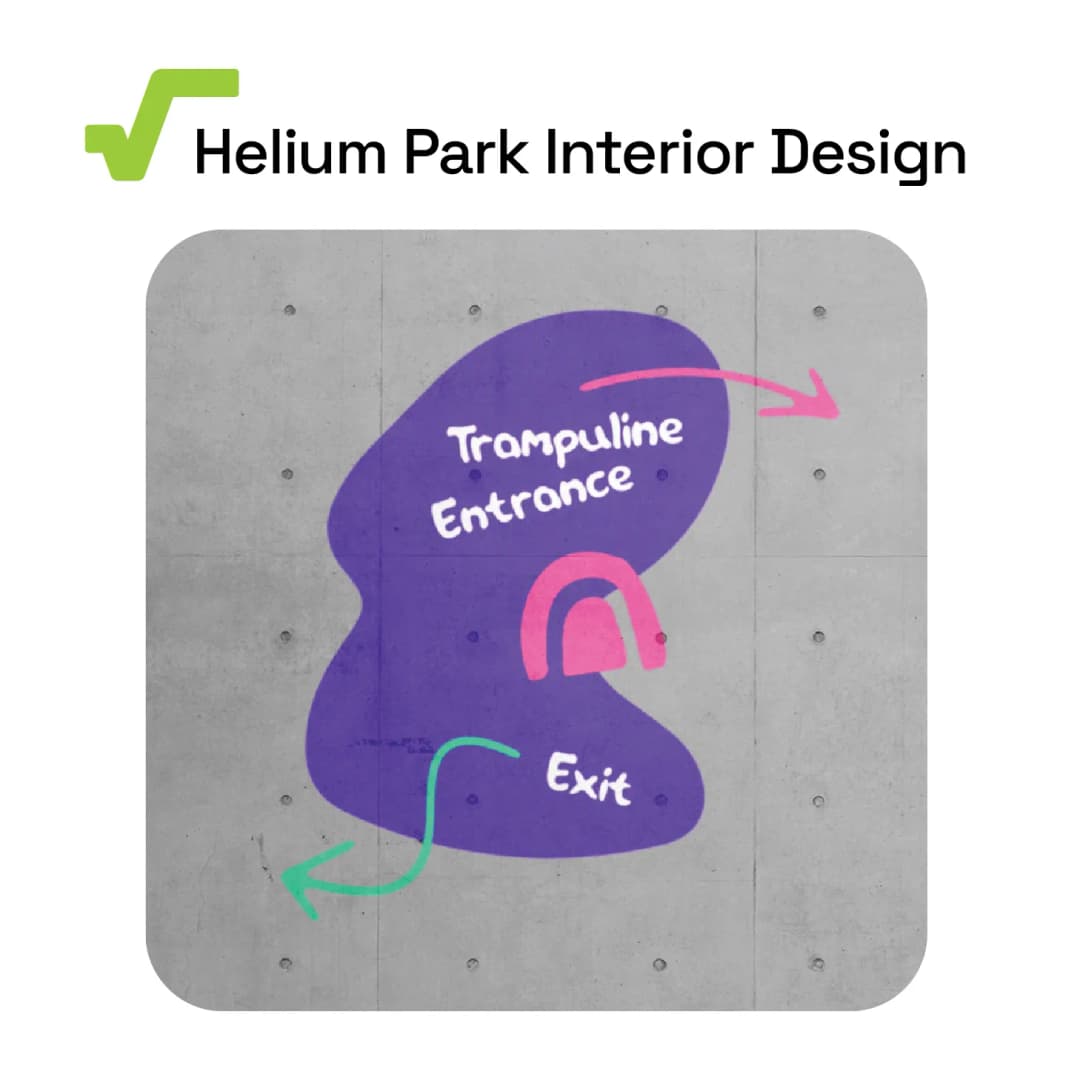
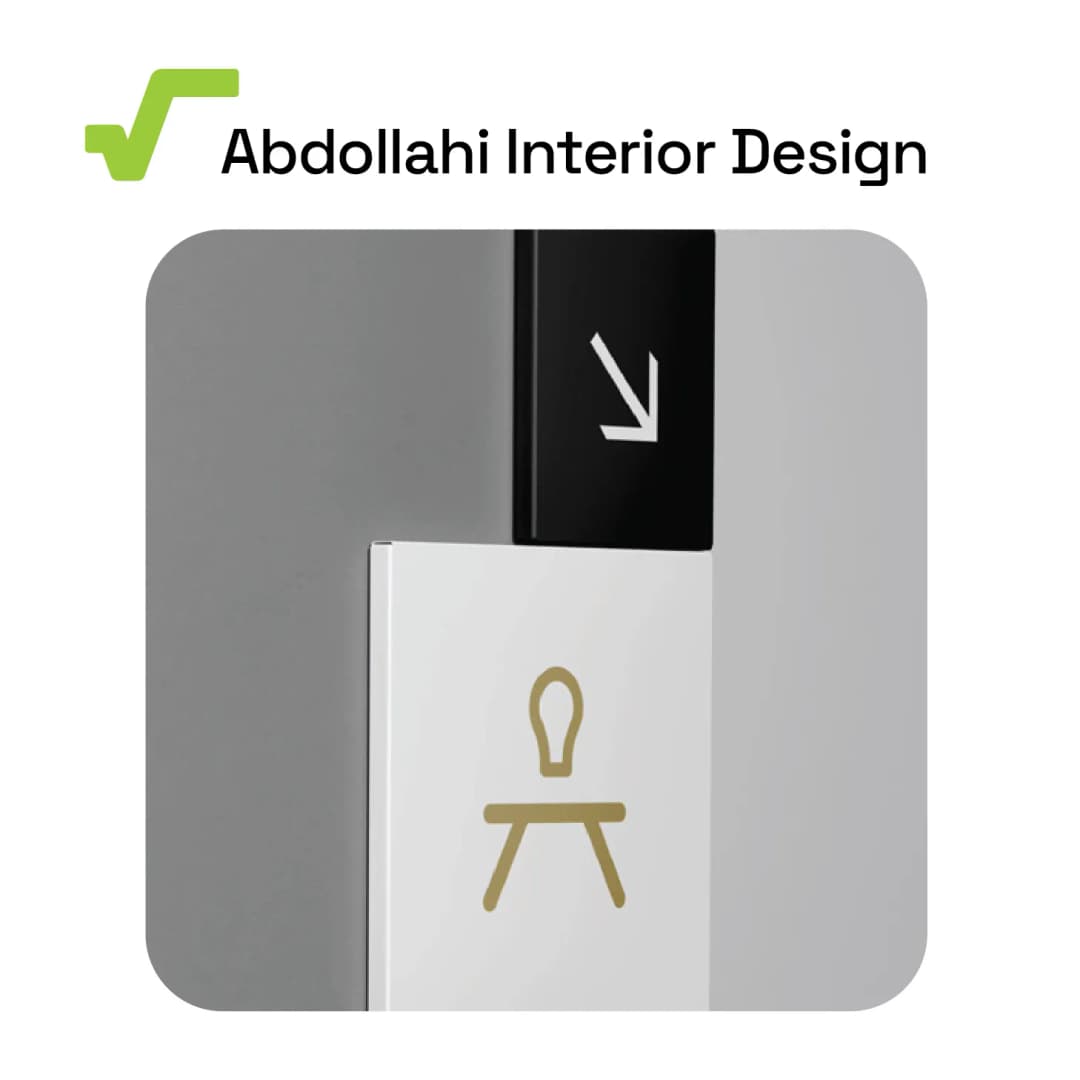

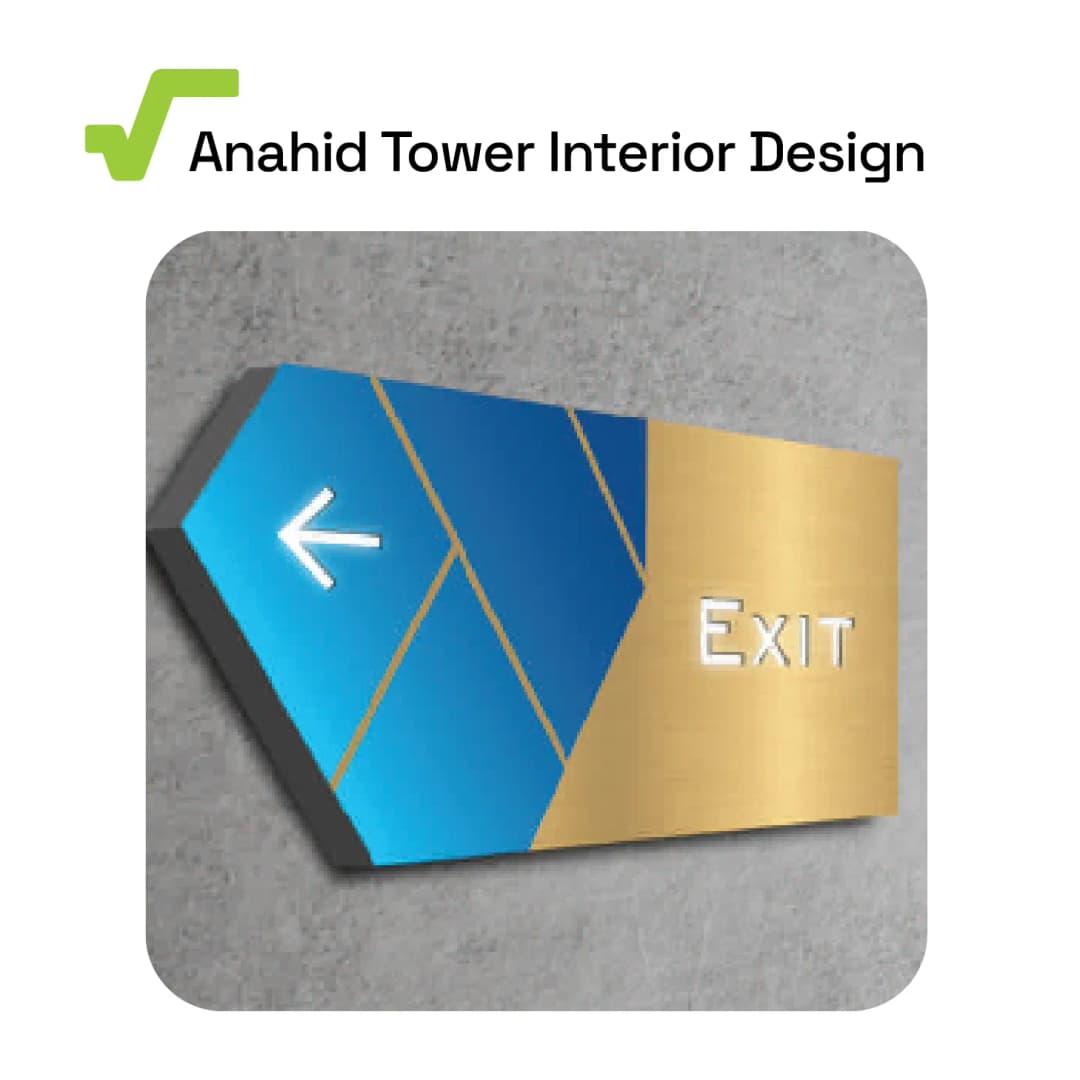
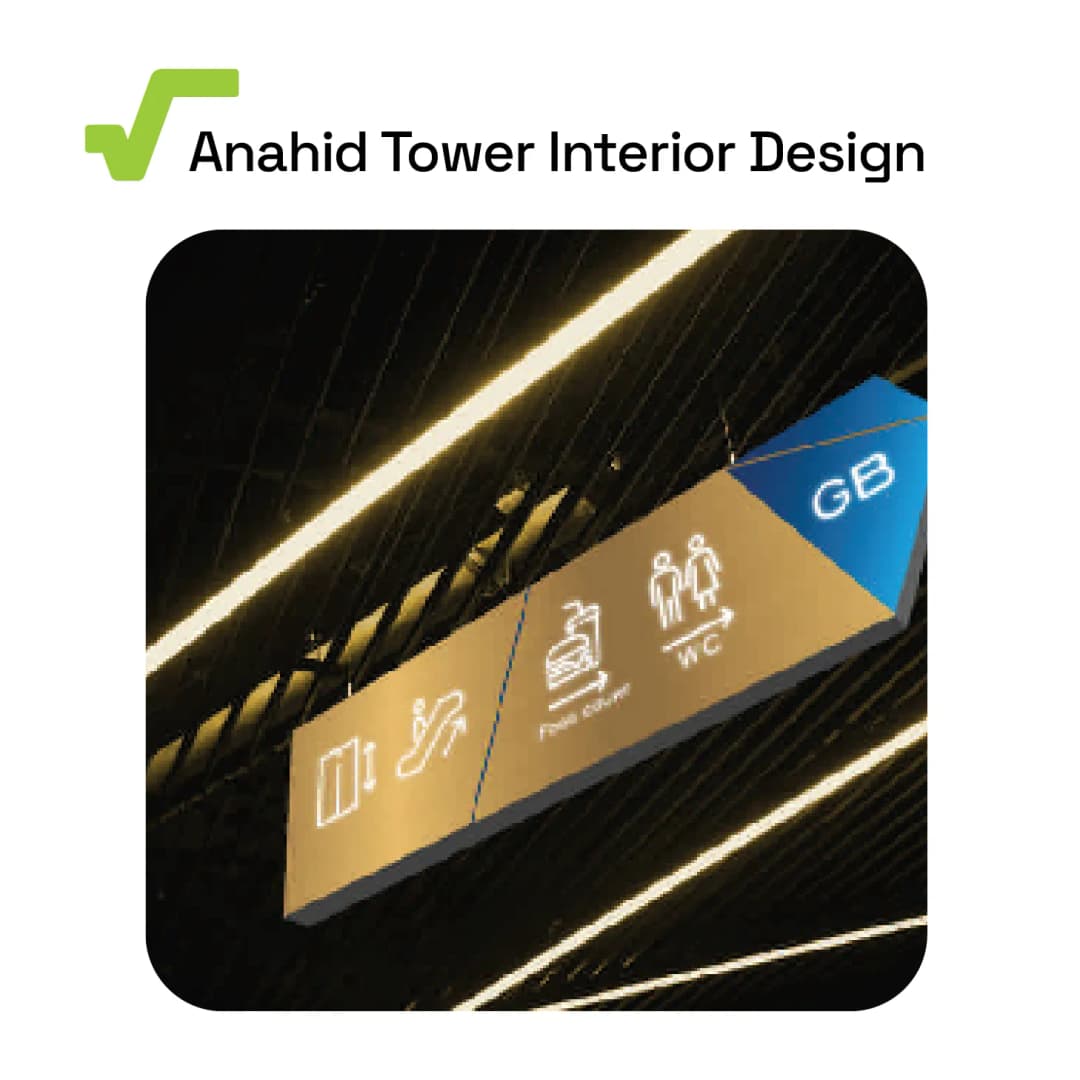

Stationery and Office Materials
Stationery is a vital part of your brand identity, playing a significant role in creating first impressions and formal interactions. Properly designed business cards, letterheads, envelopes, and other stationery items provide coherence and professionalism to your brand. These elements must align with other visual components while clearly conveying information in an appealing manner. Utilizing appropriate stationery ensures your brand remains memorable to your audience, helping build credibility and trust.
Digital Structure
The digital structure of your brand, encompassing the graphic design of the website, app, and social media, should be crafted to integrate seamlessly with non-digital elements like stores and promotional materials. This cohesion guarantees that audiences have a unified and consistent experience with your brand, both online and offline. Establishing this consistency enhances brand recognition and trust while fostering stronger connections with the audience. A robust and integrated presence in both realms reinforces brand identity and boosts engagement.
Advertising Structure
Print advertising structures, such as billboards, catalogs, and brochures, play a crucial role in facilitating physical interactions with your audience. These tools should be designed to convey your brand's message clearly and engagingly. Ensuring coordination between print and digital designs allows your brand to maintain consistency across all touchpoints, whether online or offline. Effective use of print advertising can enhance brand recognition and foster deeper connections with your audience.
Labels and Staff Uniform Design
The design of labels and staff uniforms can significantly impact the customer experience. These designs not only help create a professional and cohesive brand image, but also reflect attention to detail and the brand’s commitment to quality. Coordinated and branded uniforms enhance trust and brand recognition among customers, signaling that they are interacting with a reputable and reliable brand. This visual consistency across all customer touchpoints, from retail spaces to work environments, strengthens the brand identity.
